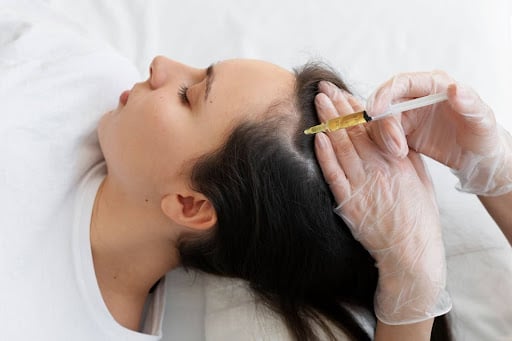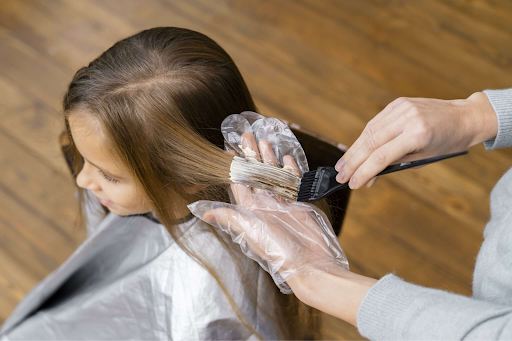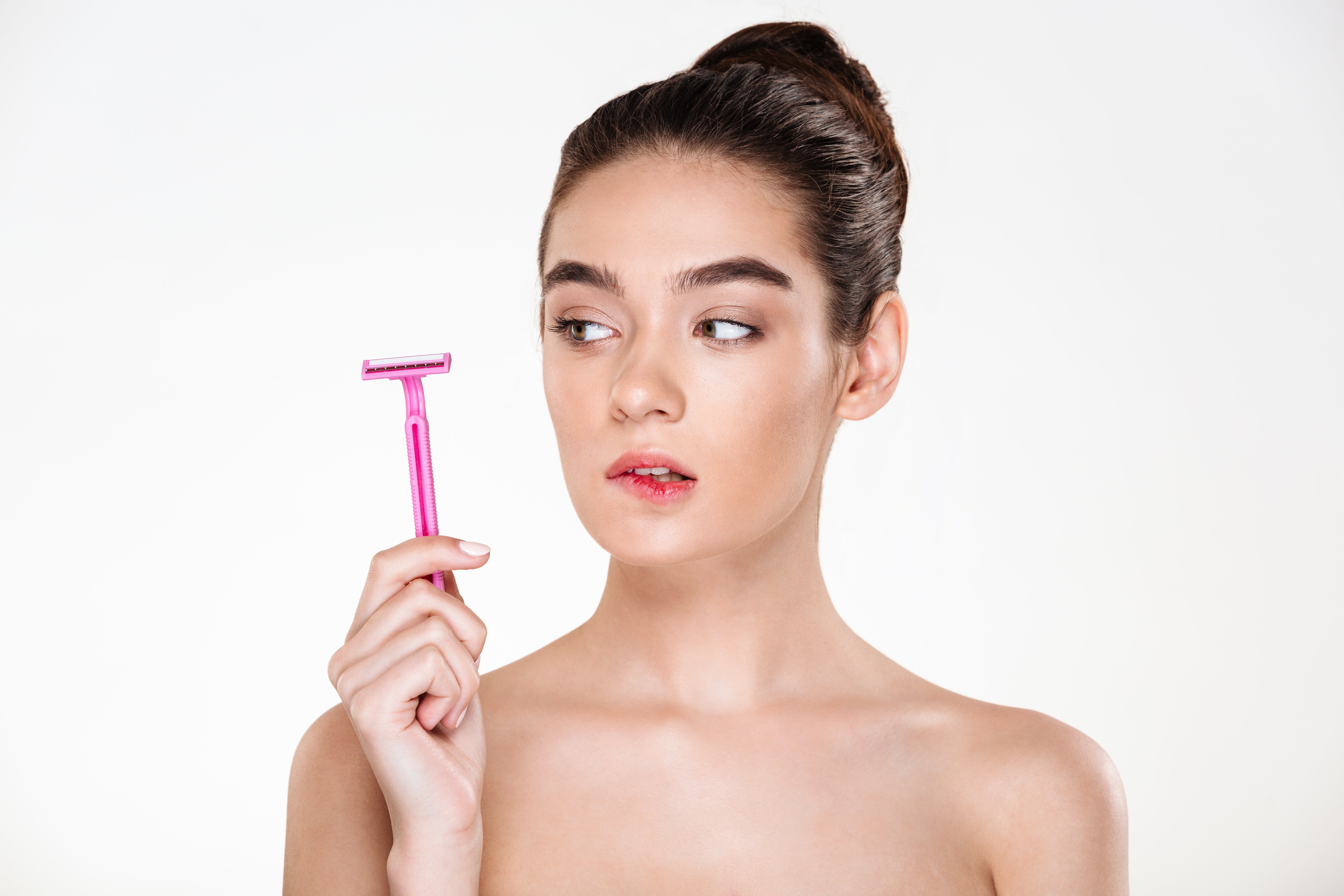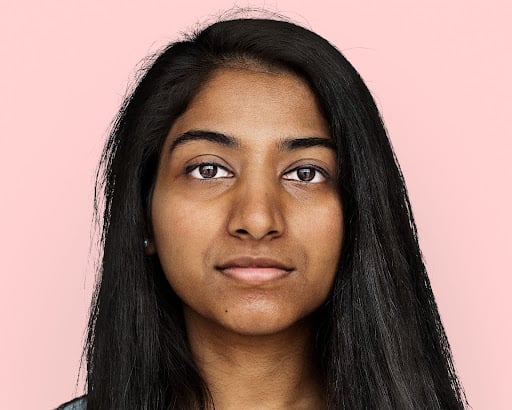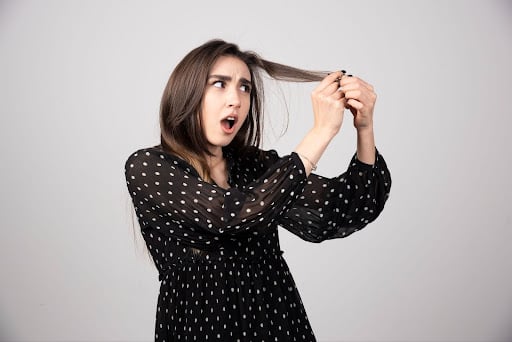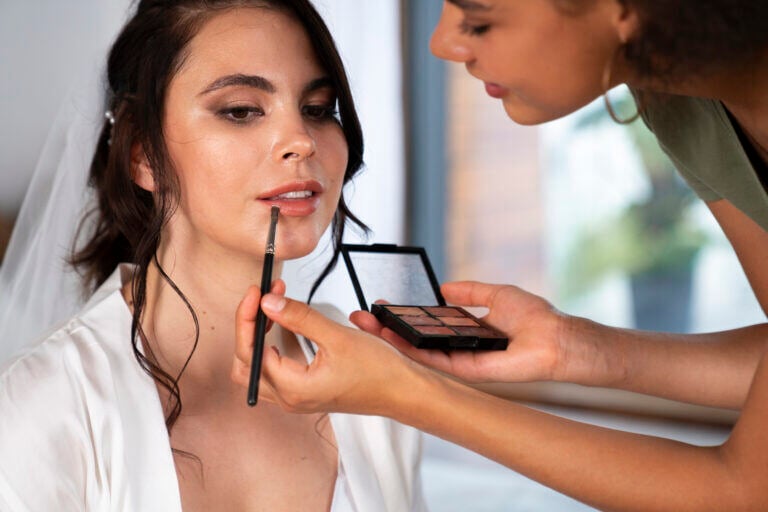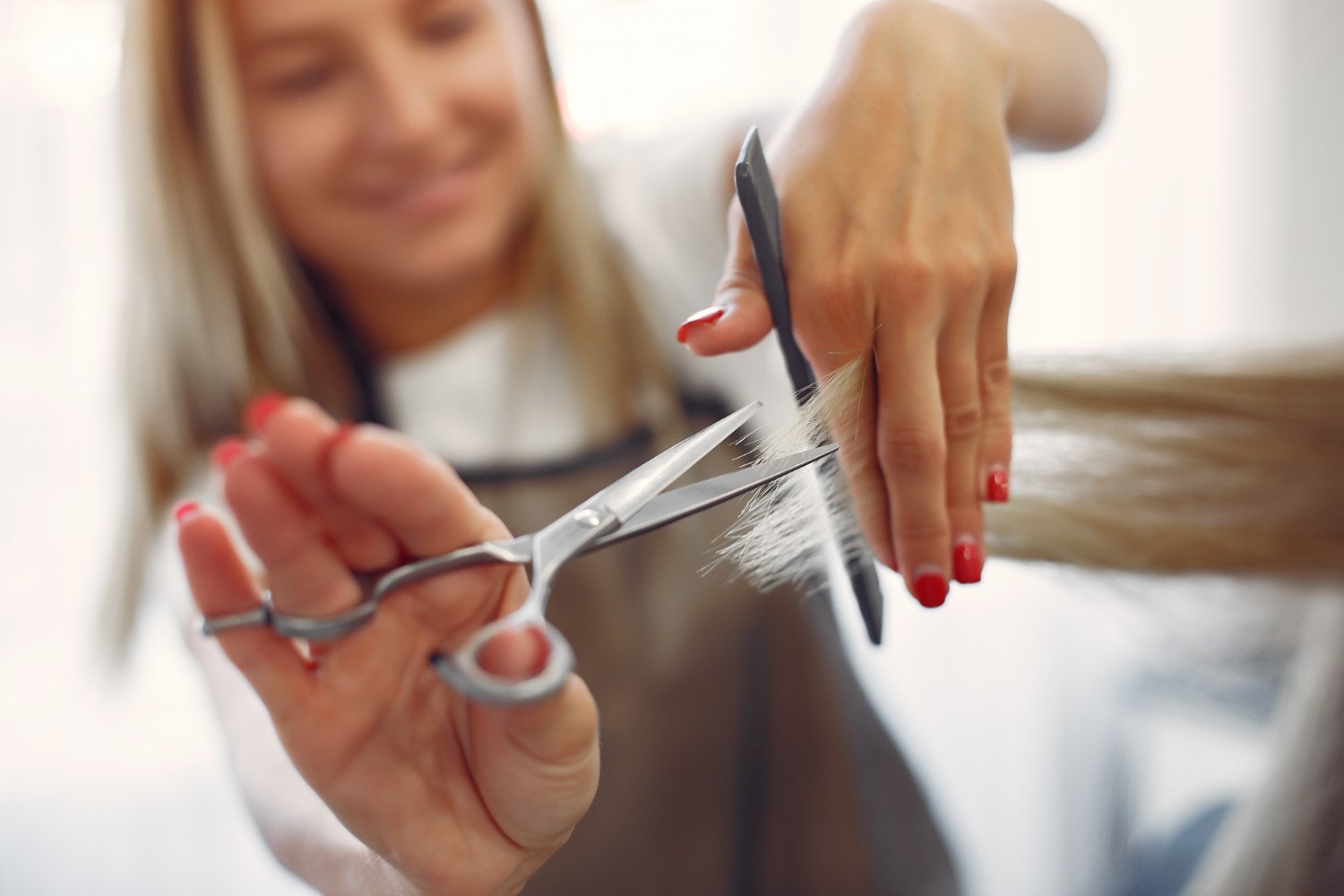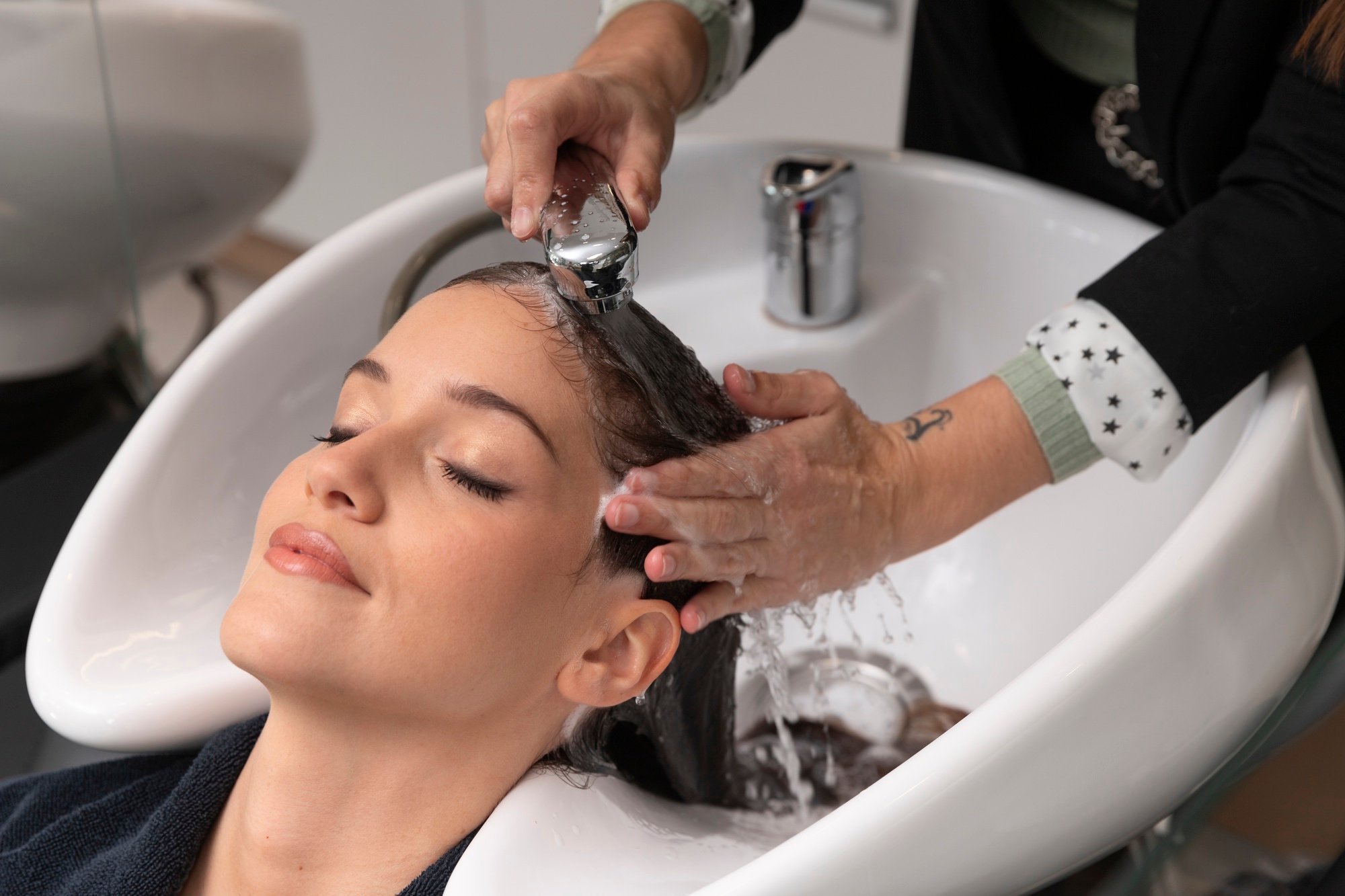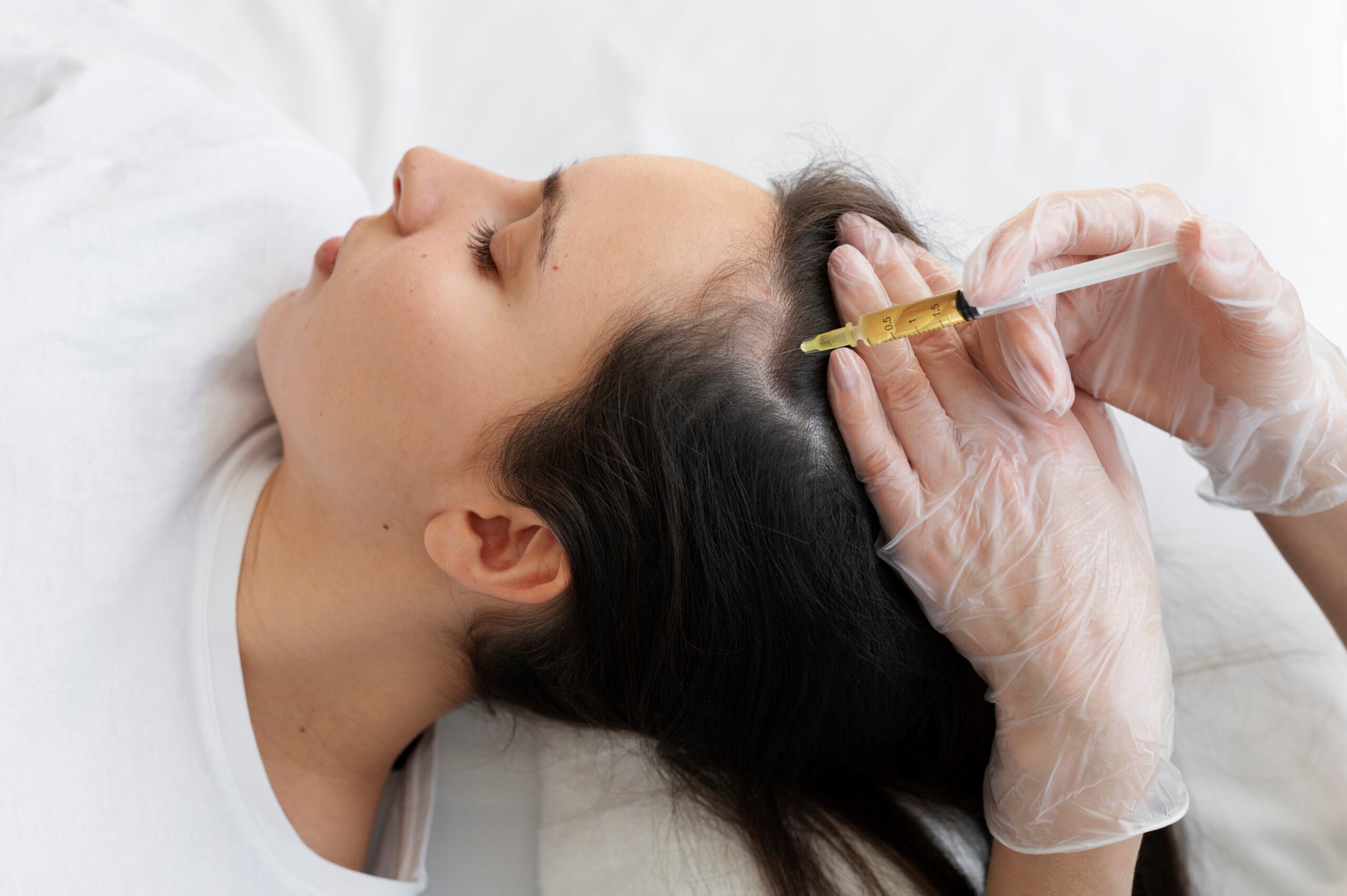Hair
.jpg)
Hair
Male Baldness Explained: What’s Happening and How You Can Protect Your Hair
5 minutes read | 19 Aug 25
It often begins quietly, with a hairline that seems to have inched back overnight or a few extra strands on your pillow that you swear were not there before. For many men, these small changes can spark big questions about what’s happening to their hair. While it’s easy to jump to conclusions, understanding the science behind male hair loss can help you feel more in control. The truth is, male pattern baldness is far more common than you might think, and the earlier you learn about it, the better equipped you’ll be to manage it confidently.
What Is Male Pattern Baldness?
Male pattern baldness (also known as androgenetic alopecia) is the most common cause of hair loss in men, affecting over half of men by the age of 50. It’s a gradual process where hair follicles shrink over time, producing finer, shorter strands until eventually, the follicle stops producing hair altogether.
The hallmark sign? Hair typically thins at the temples and crown, creating the familiar “M” shaped hairline. While genetics plays the starring role, factors like hormones and age act as key supporting characters in this story.
Common Causes of Male Pattern Baldness
While many men blame bad luck, male baldness usually happens because of a combination of factors:
- Genetics – If your father, grandfather, or even uncles on either side of the family experienced early balding, your chances increase significantly. This hereditary link is due to specific genes that make hair follicles more sensitive to hormonal changes, which can gradually shorten the hair growth cycle.
- Hormonal changes – A hormone called DHT (dihydrotestosterone) is often the main culprit in hair loss. Over time, DHT can bind to hair follicles, causing them to shrink and produce thinner strands until growth eventually stops, leading to excessive hair shedding.
- Ageing – As the years pass, the body naturally produces less of the proteins needed for strong, thick hair. The hair growth phase becomes shorter, and follicles take longer breaks between producing new strands, making thinning more noticeable.
- Lifestyle factors – Stress, poor diet, smoking, and lack of sleep can all contribute to male baldness by affecting scalp circulation and nutrient supply. Over time, these habits weaken the follicles and speed up hair thinning.
Early Signs and Stages of Balding in Men
.jpg?width=600&height=900&name=redd-francisco-QvLjtumQvz4-unsplash%20(1).jpg)
Spotting the first signs of male baldness early can give you a head start in managing it. Watch out for:
- Gradual thinning at the crown of your head – This often appears as a small patch where the scalp becomes more visible over time. It can slowly expand, making the thinning more noticeable in photos or under bright light.
- Receding hairline at the temples – The hairline starts to form an “M” shape, moving further back on both sides of the forehead. This is one of the earliest and most common patterns seen in male baldness.
- More strands than usual on your pillow, in the shower drain, or on your hairbrush – Losing around 50–100 strands a day is normal, but consistently finding more than that can signal excessive hair shedding.
- Hair feeling finer and more fragile than before – You may notice that your hair lacks its usual thickness or strength, making it more prone to breakage and giving the appearance of overall thinning.
Prevention Tips for Male Pattern Baldness
While there’s no guaranteed cure for male pattern baldness, you can slow down the process and keep your hair healthier for longer.
- Maintain a balanced diet rich in proteins, iron, and vitamins.
- Stay active to boost circulation to the scalp.
- Reduce stress with activities like yoga, meditation, or simply a walk outdoors.
- Avoid harsh hair treatments like frequent bleaching or high-heat styling.
- Regular scalp care to keep follicles healthy and unclogged.
Most Effective Hair Loss Treatments For Men
If prevention alone isn’t enough, don’t worry, modern male hair loss treatment options can make a real difference.
1. QR678® Hair Growth Therapy
QR678® is a patented, FDA-approved hair regrowth treatment that works by delivering a unique mix of growth factors directly into the scalp. This stimulates dormant follicles, improves hair density, reduces shedding, and encourages natural regrowth, making it one of the most effective male baldness treatments available today.
Benefits:
- Non-surgical and safe – No incisions, no scars, and minimal discomfort while ensuring healthy scalp stimulation.
- Visible results in 6–8 sessions – Noticeable improvement in thickness and coverage within a short treatment period.
- No downtime – You can resume work or daily activities immediately after each session.
2. GFC (Growth Factor Concentrate) Therapy
GFC Therapy uses growth factors derived from your own blood to encourage follicle regeneration naturally. This targeted male hair loss treatment improves scalp health, strengthens existing hair, and promotes thicker strands over time.
Benefits:
- Minimally invasive – Gentle treatment with minimal discomfort during the procedure.
- Use your own blood – Completely natural with no foreign chemicals, reducing the risk of reactions.
- Reduces hair fall and promotes thicker strands – Strengthens follicles from within for healthier, fuller hair growth.
Myths About Male Baldness – Debunked
Hair loss myths are everywhere, and believing them can waste valuable time. Let’s set the record straight:
- Myth: Wearing hats causes baldness.
Truth: Your hair follicles get oxygen from your blood, not the air. Hats don’t cause baldness. - Myth: Washing your hair daily makes it fall out faster.
Truth: The Hair you see in the shower has already shed naturally. Washing keeps your scalp healthy. - Myth: Only older men lose hair.
Truth: Early balding can start as early as your late teens or early twenties.
It’s Time to Put Hair Loss Behind You
Male baldness may be common, but it doesn’t have to define your look or your confidence. From early prevention to professional male hair loss treatment, you have options to slow down or improve the condition. With the right care, knowledge, and a little patience, you can keep your hair healthier for longer and feel good about the reflection in your mirror every day.
| Why Choose Bodycraft? Whether you're dealing with early signs of hair loss or already noticing thinning areas, it’s never too soon or too late to seek help. At Bodycraft Clinic, our dermatologists offer customised male hair loss treatments like QR678® and GFC, backed by clinical expertise and proven results. Book your consultation today and take the first step toward regaining your confidence. |
FAQ’s
Can male pattern baldness be reversed?
While there is no guaranteed male pattern baldness cure, early and consistent male hair loss treatment can slow progression and, in some cases, regrow thinning hair. Results depend on the cause, stage, and type of treatment used.
At what age does male pattern baldness usually start?
Male baldness can begin as early as the late teens or early twenties, but hair loss in men is most common after the age of 30, gradually progressing over the years.
How do I know if my hair loss is genetic?
If you notice male baldness patterns similar to your father or grandfather, it is likely genetic. A dermatologist can confirm this and recommend the right hair loss treatment for men.
How long does it take to see results from hair loss treatments?
Most hair loss treatment for men shows visible improvement within 3–6 months, but a full transformation may take up to a year, depending on the method and individual response.
Related categories
Get a complimentary consultation today. Book now







































.png)

























-1.png)


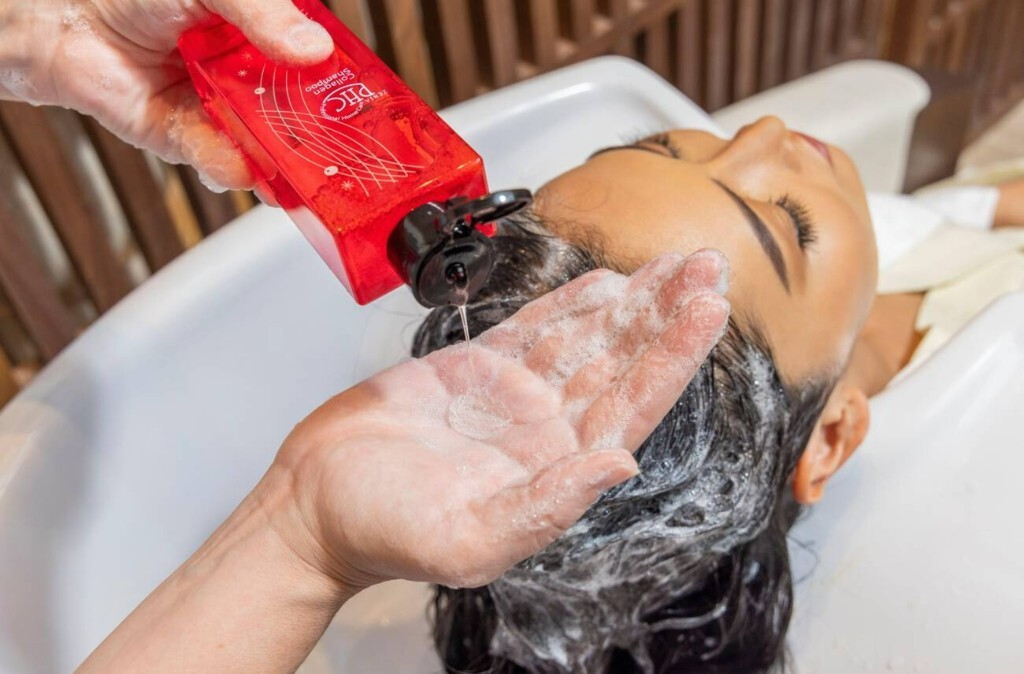
-4.png)
-2.png)



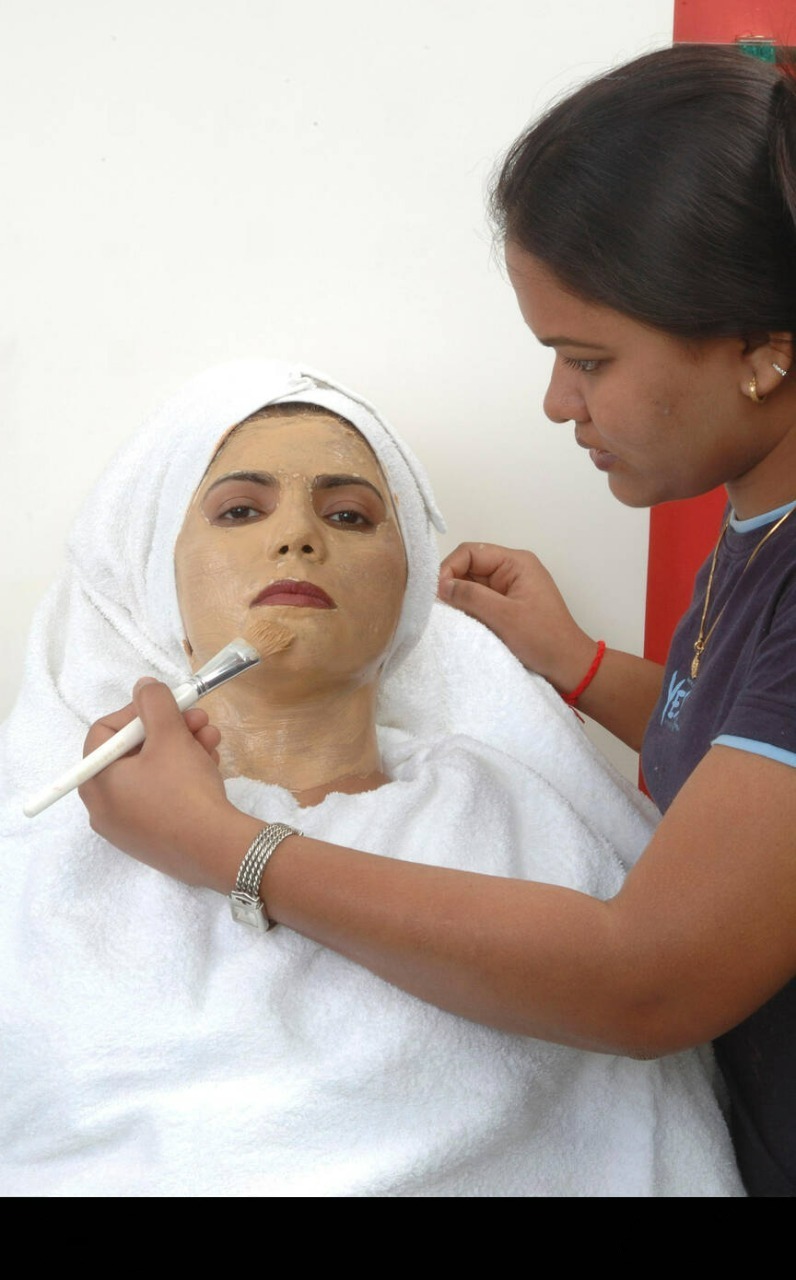
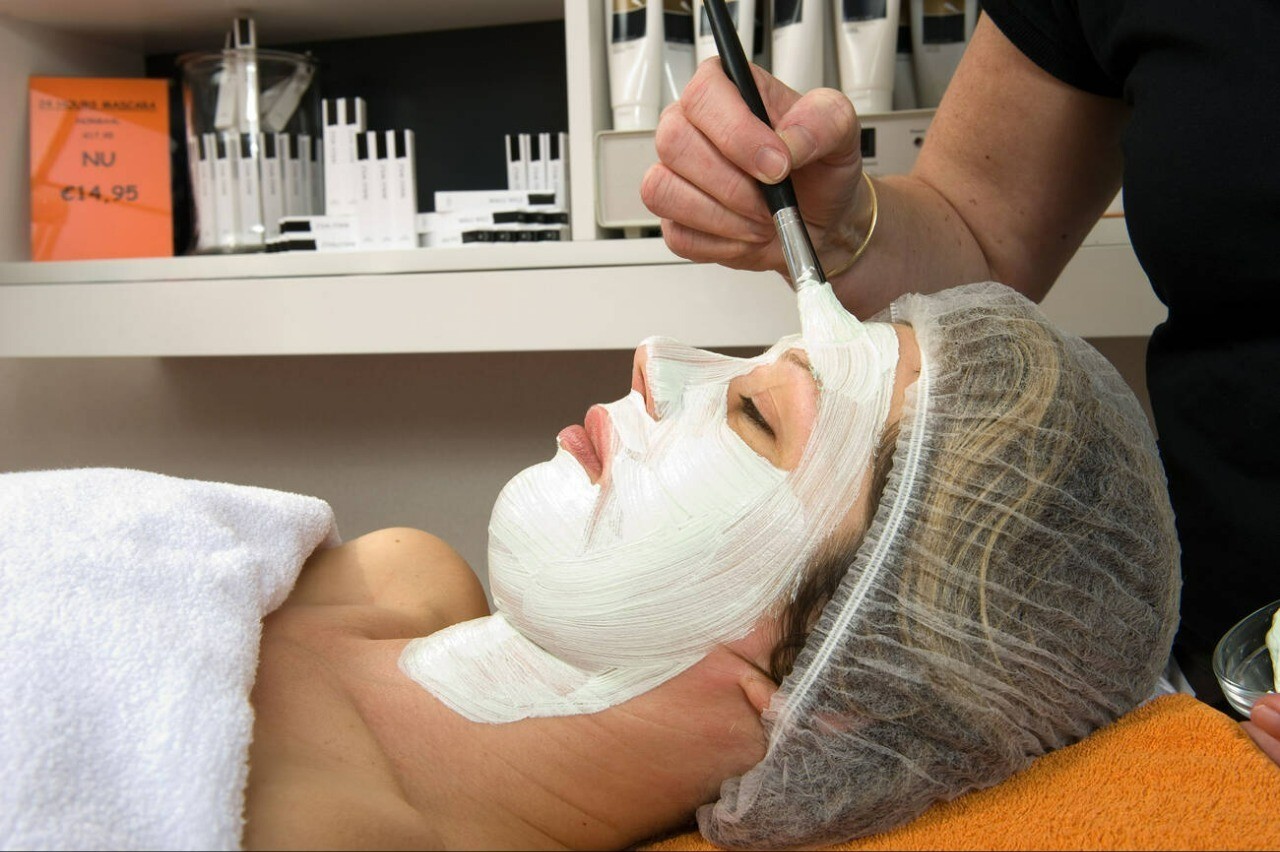
-2.png)
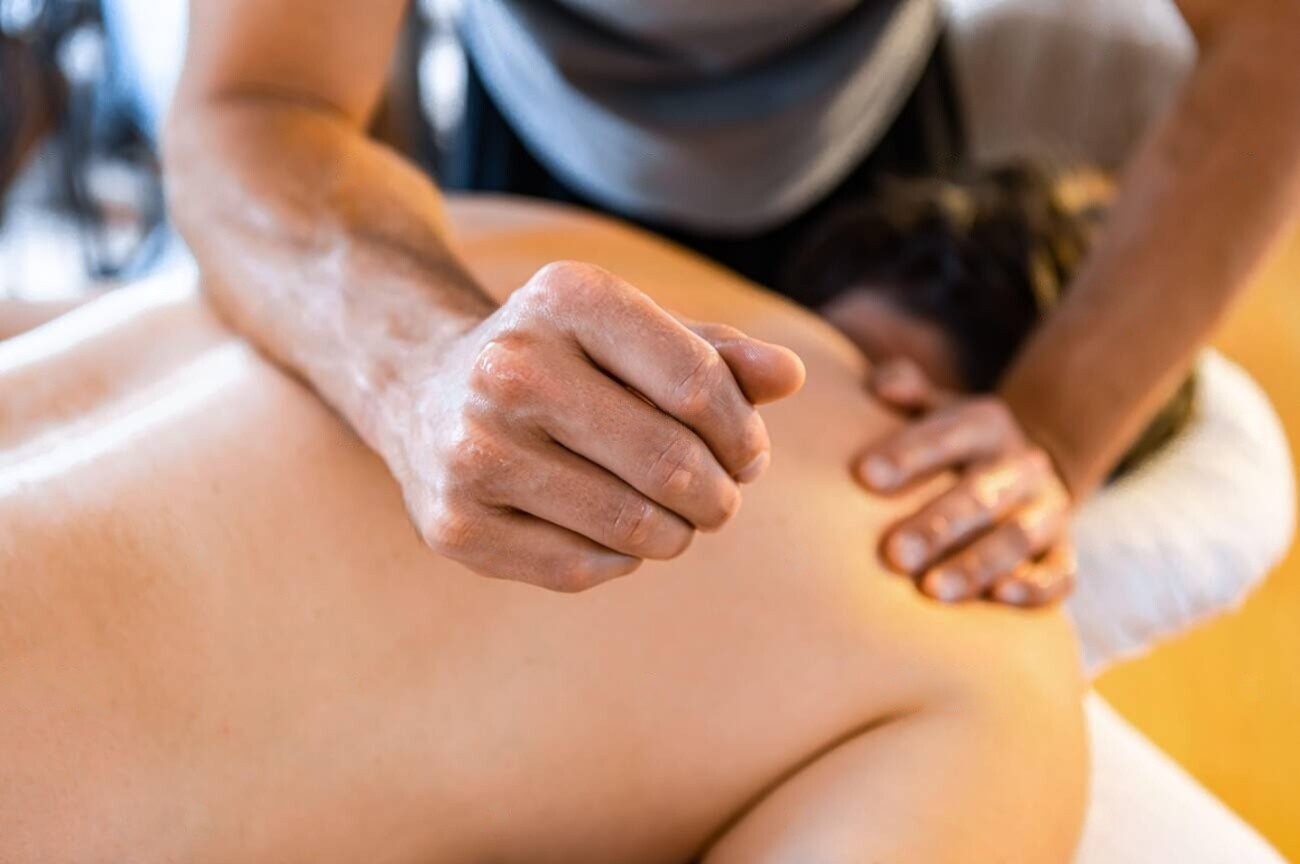





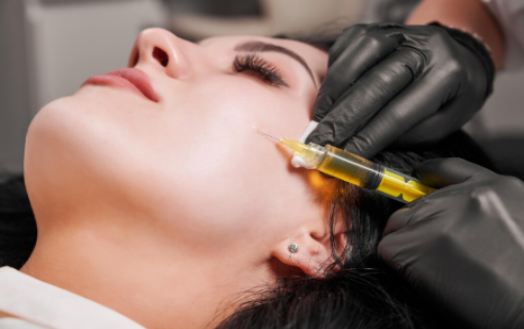
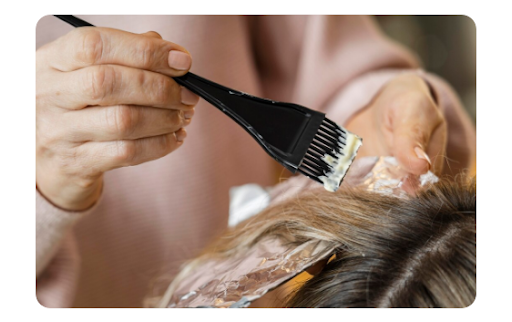


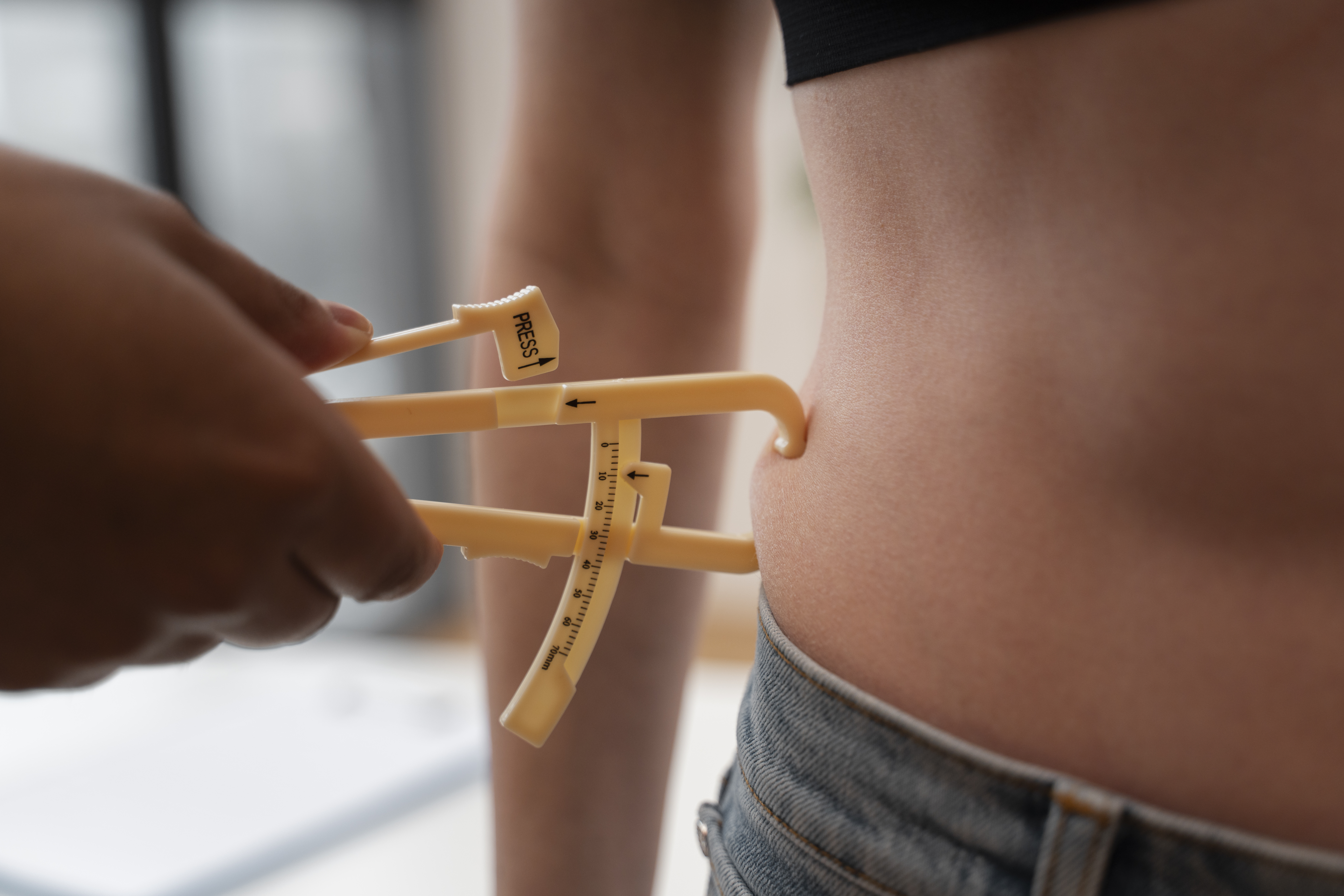
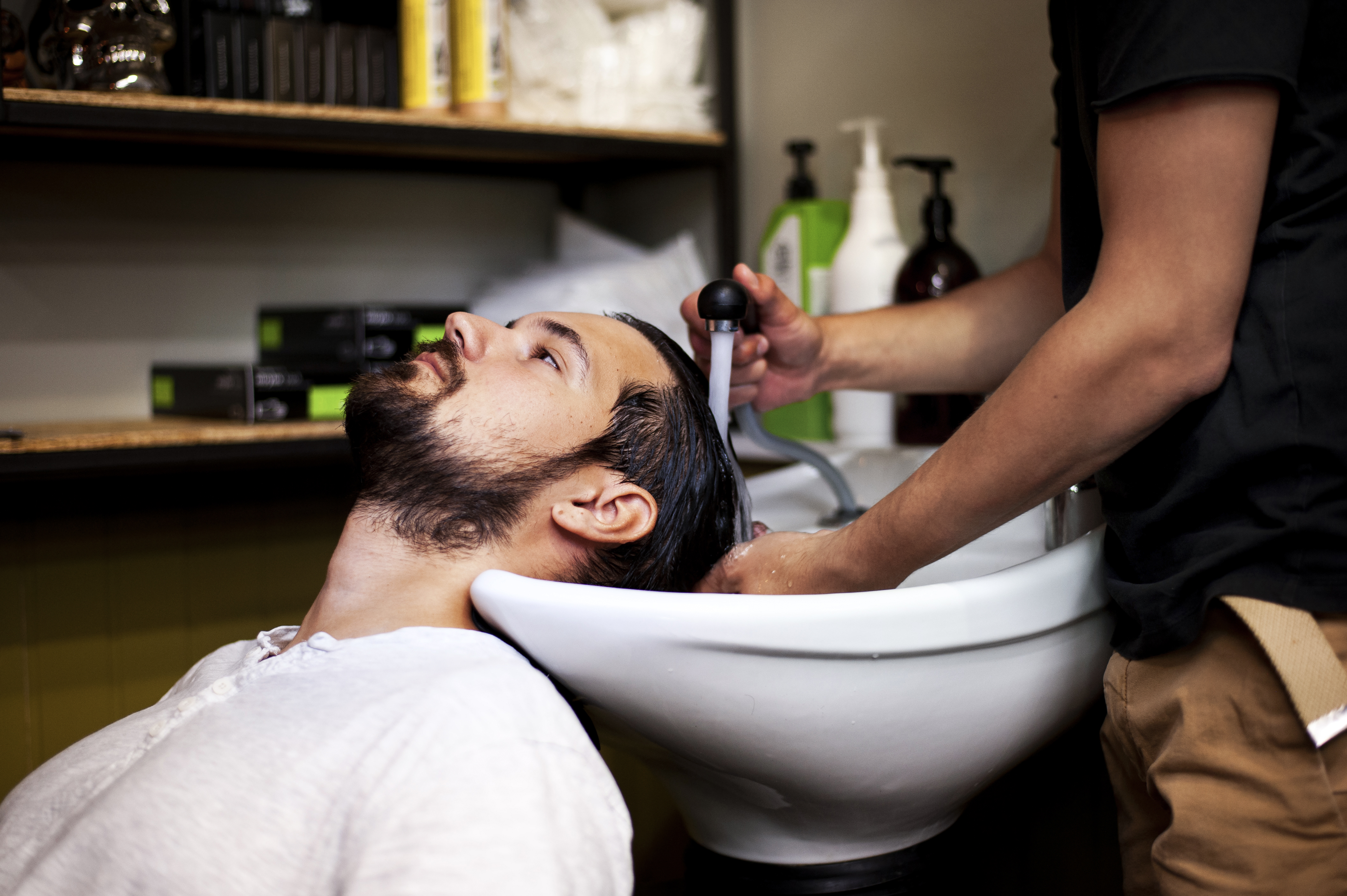

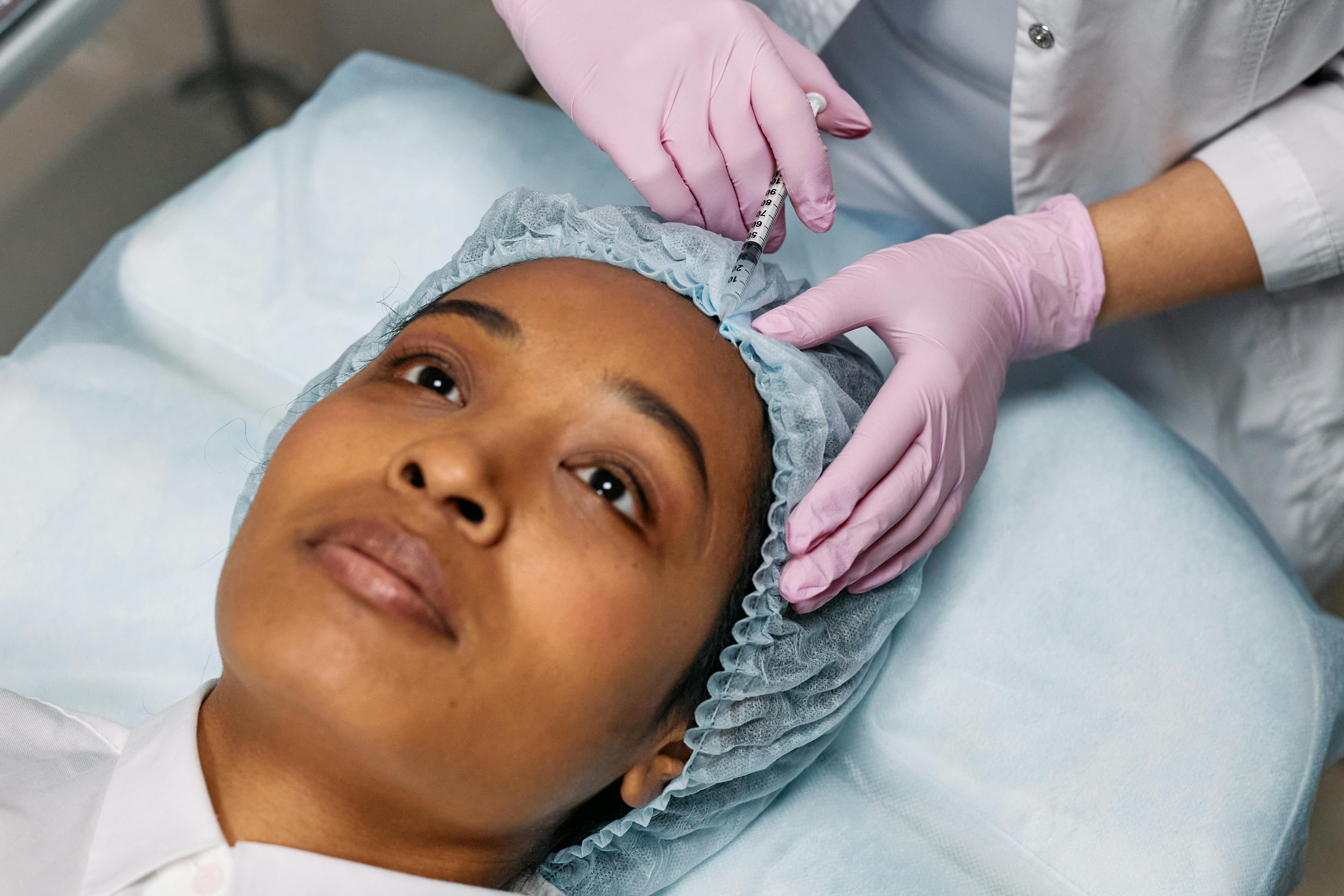
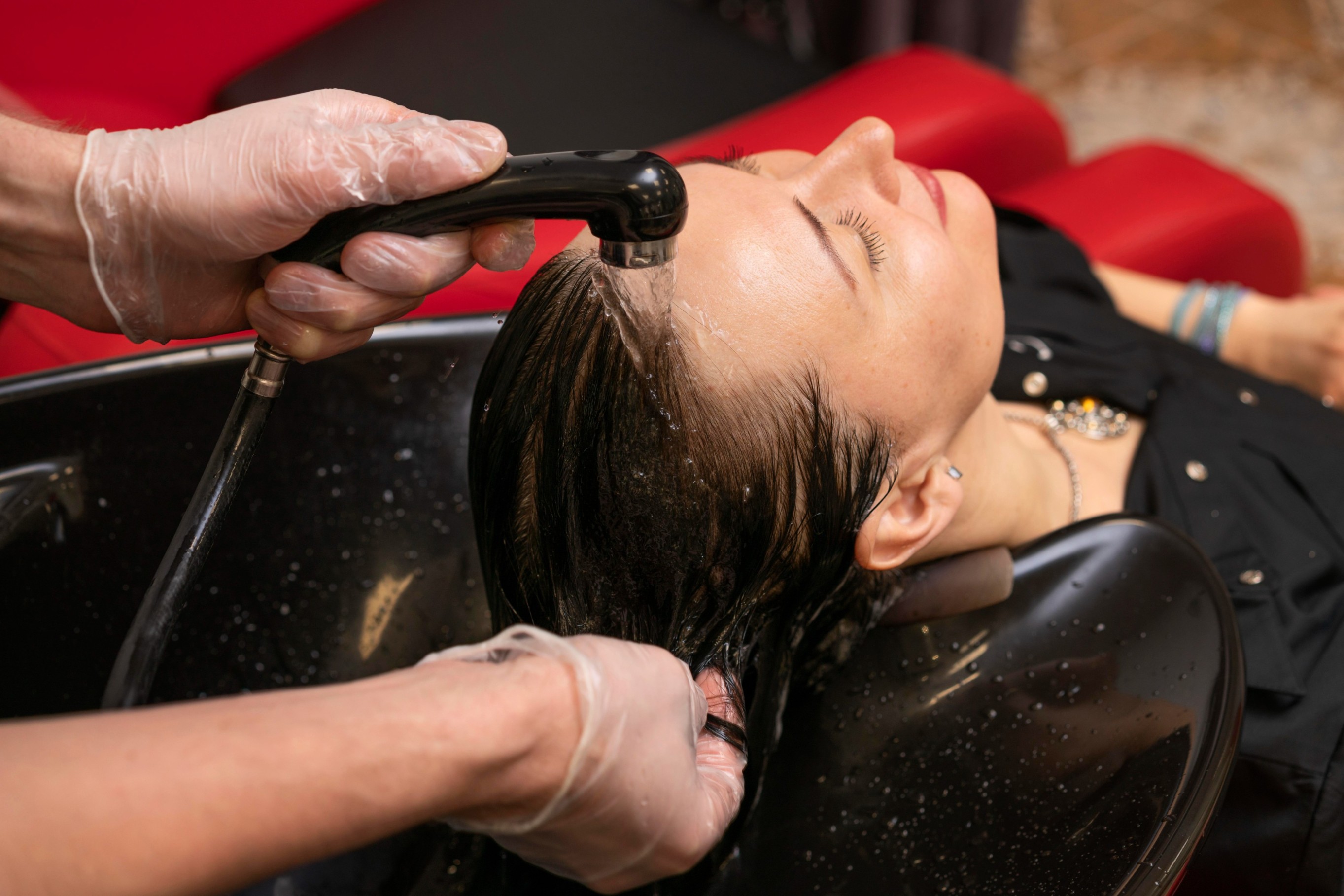




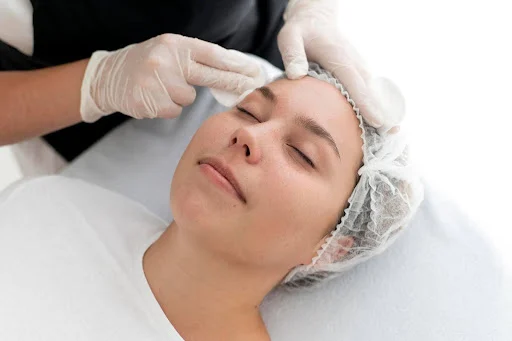
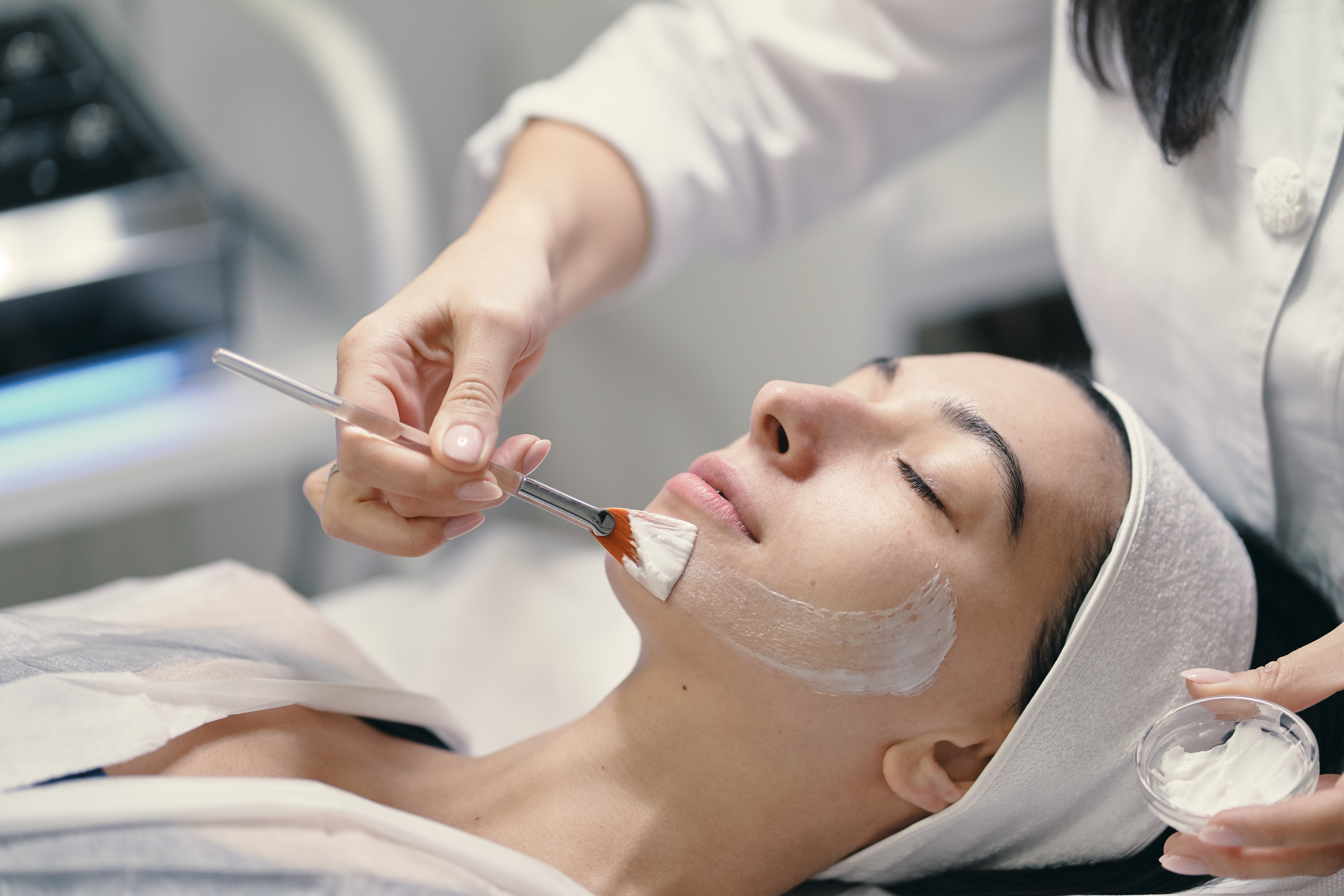

.jpg)
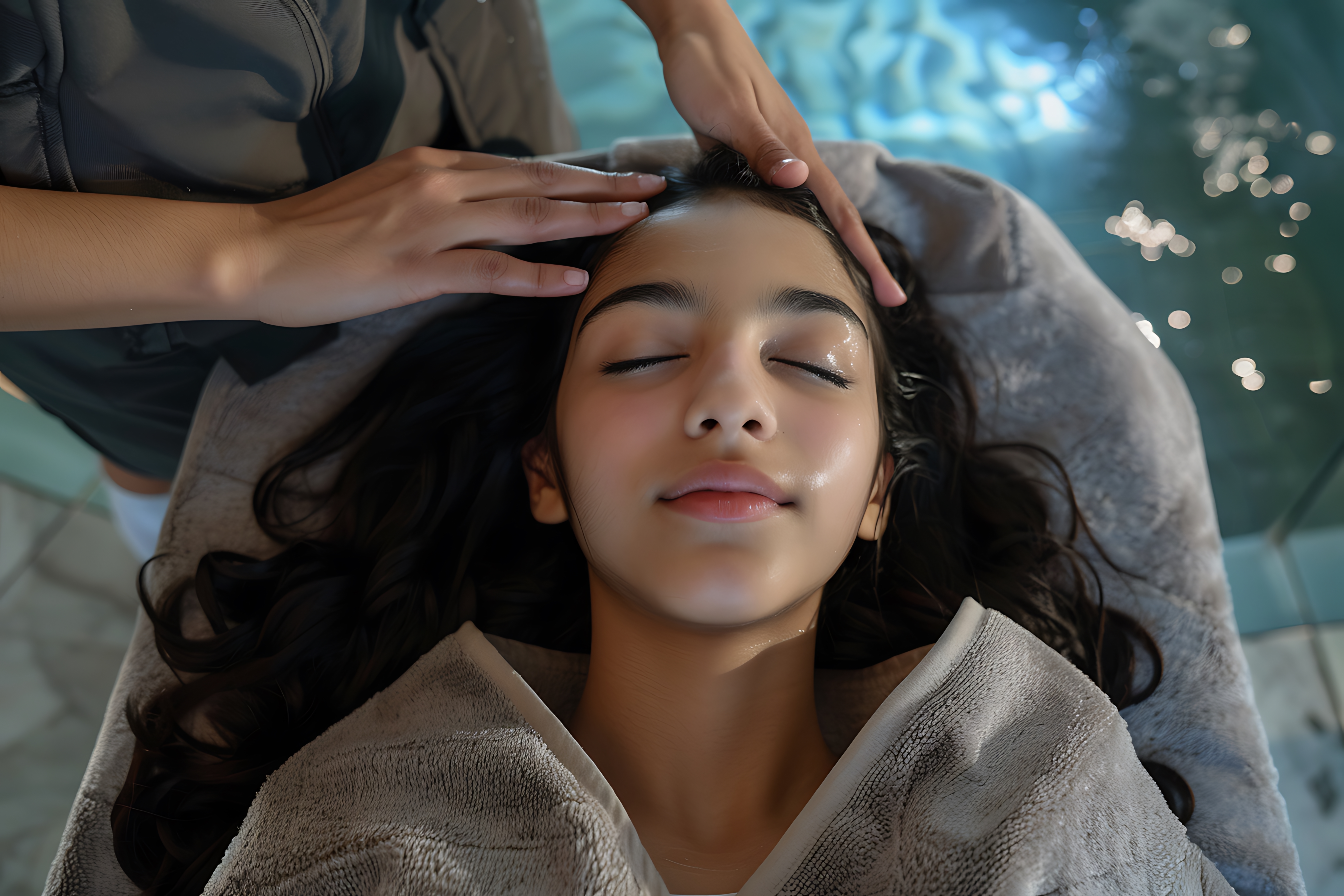

.jpg)
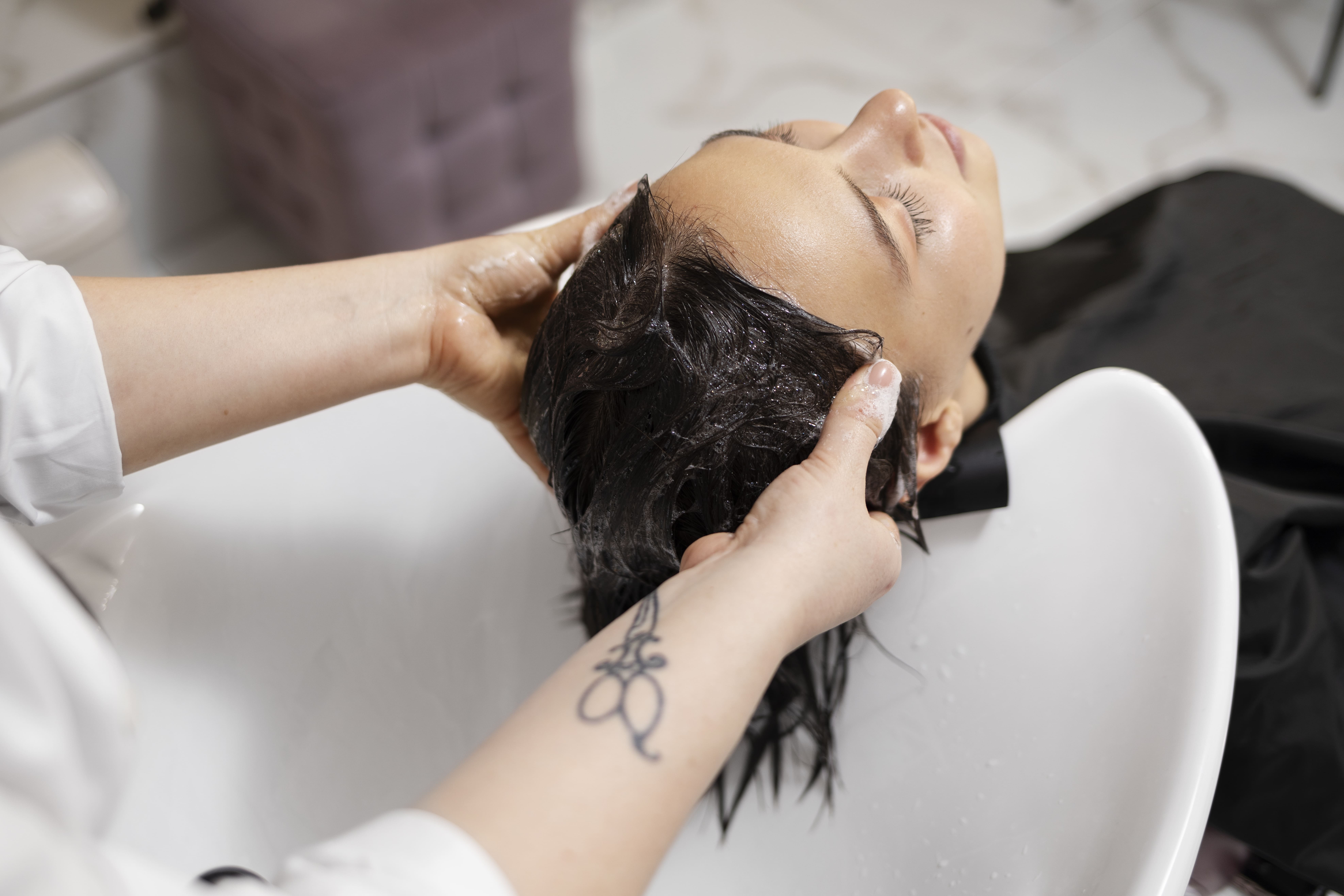
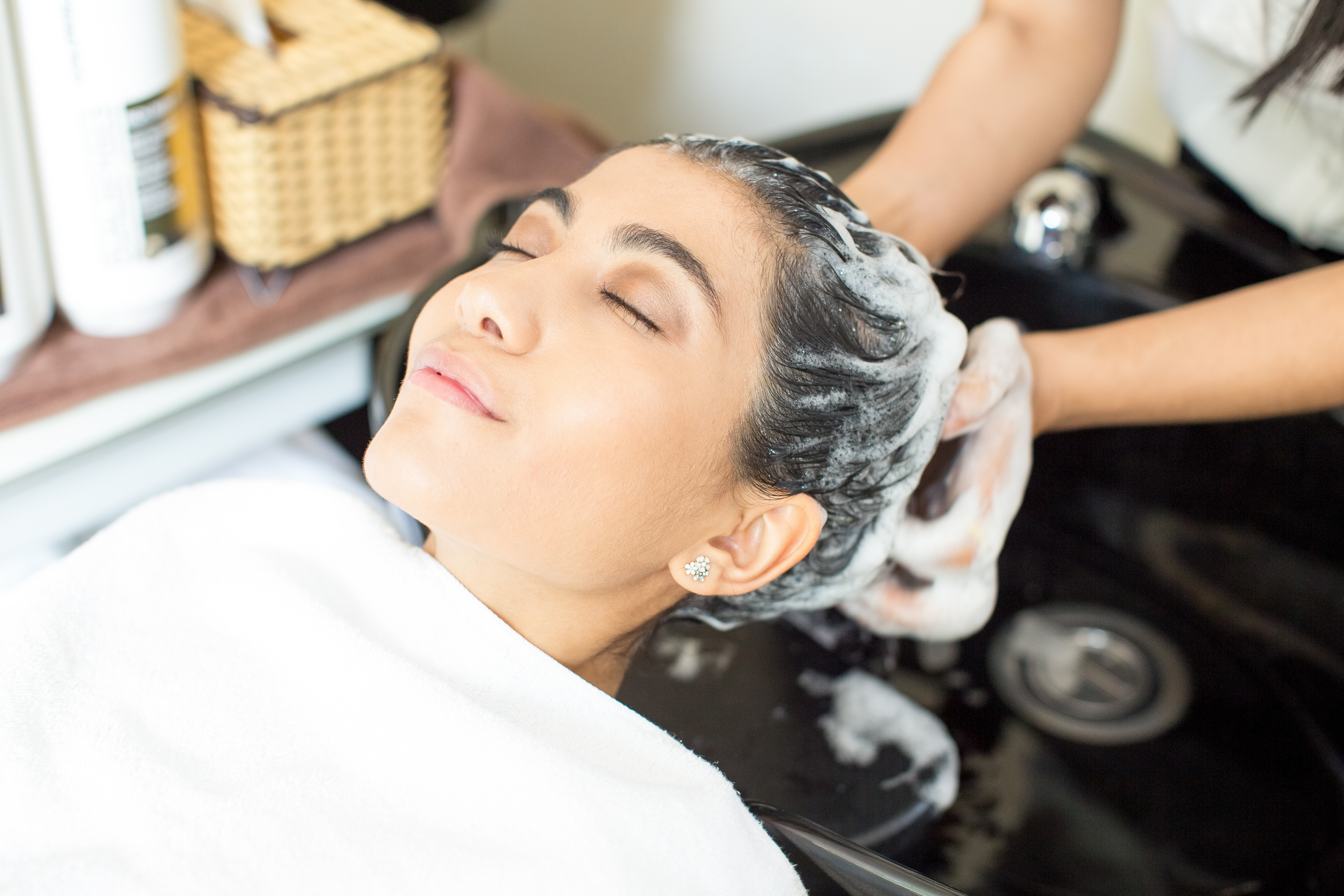
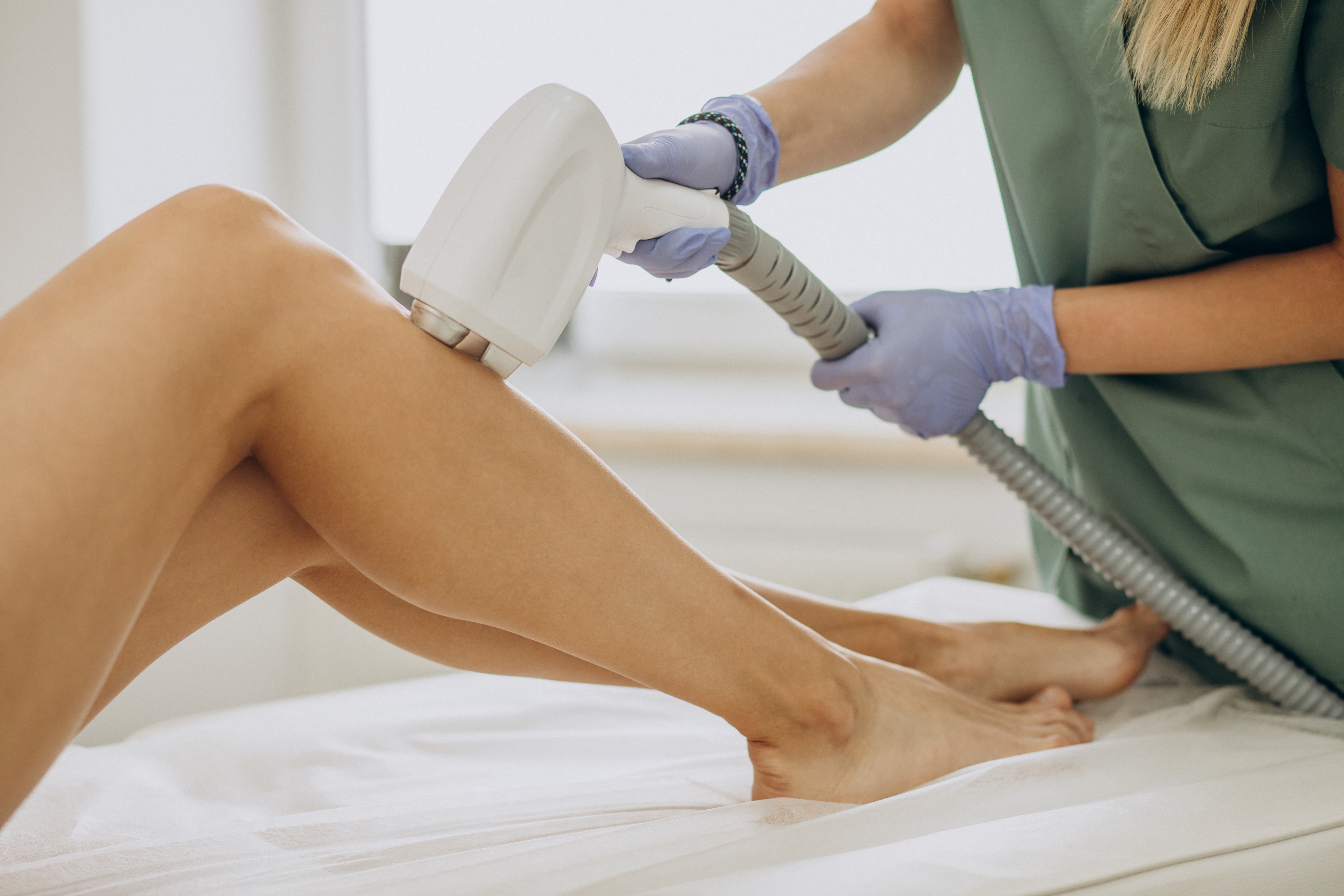


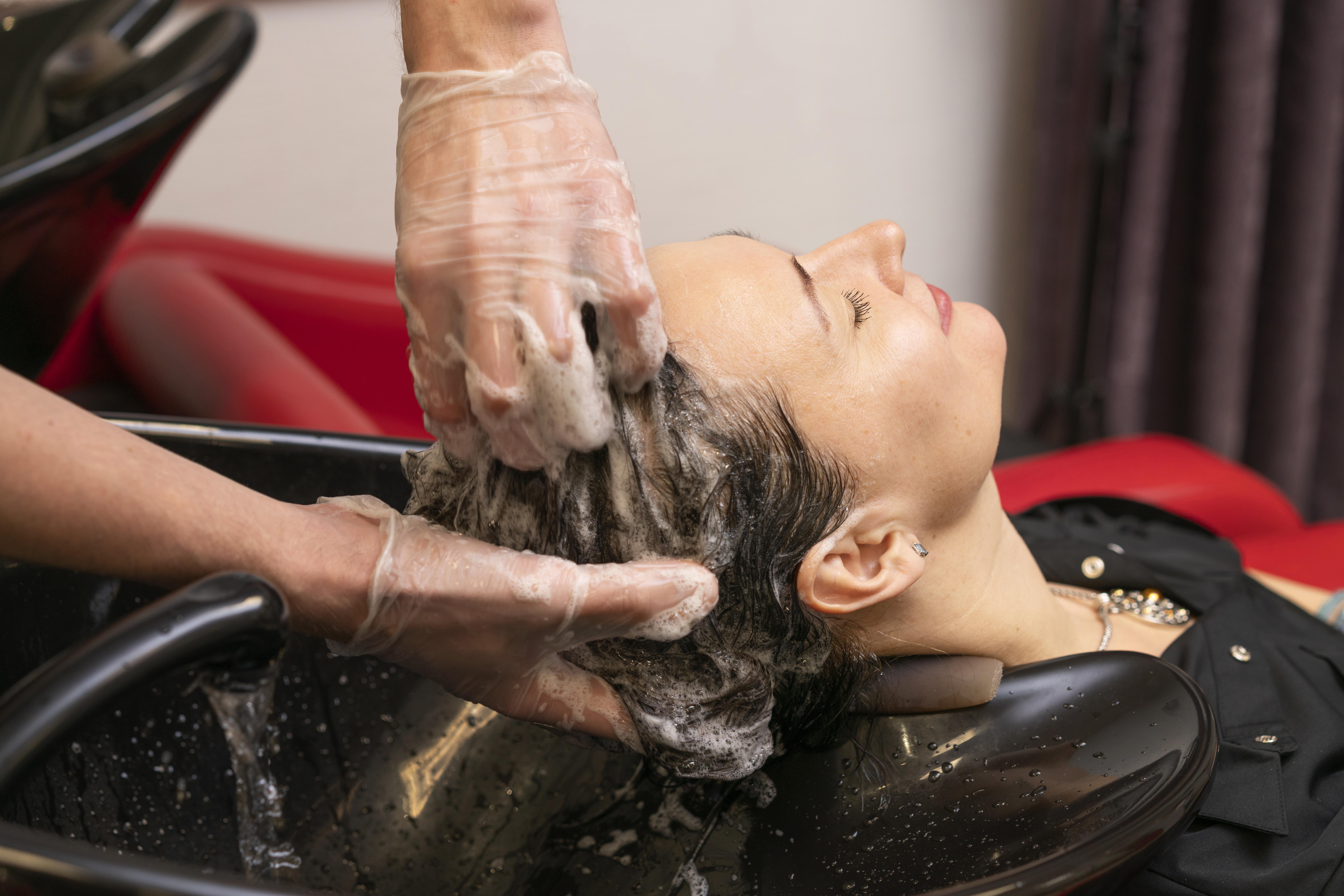

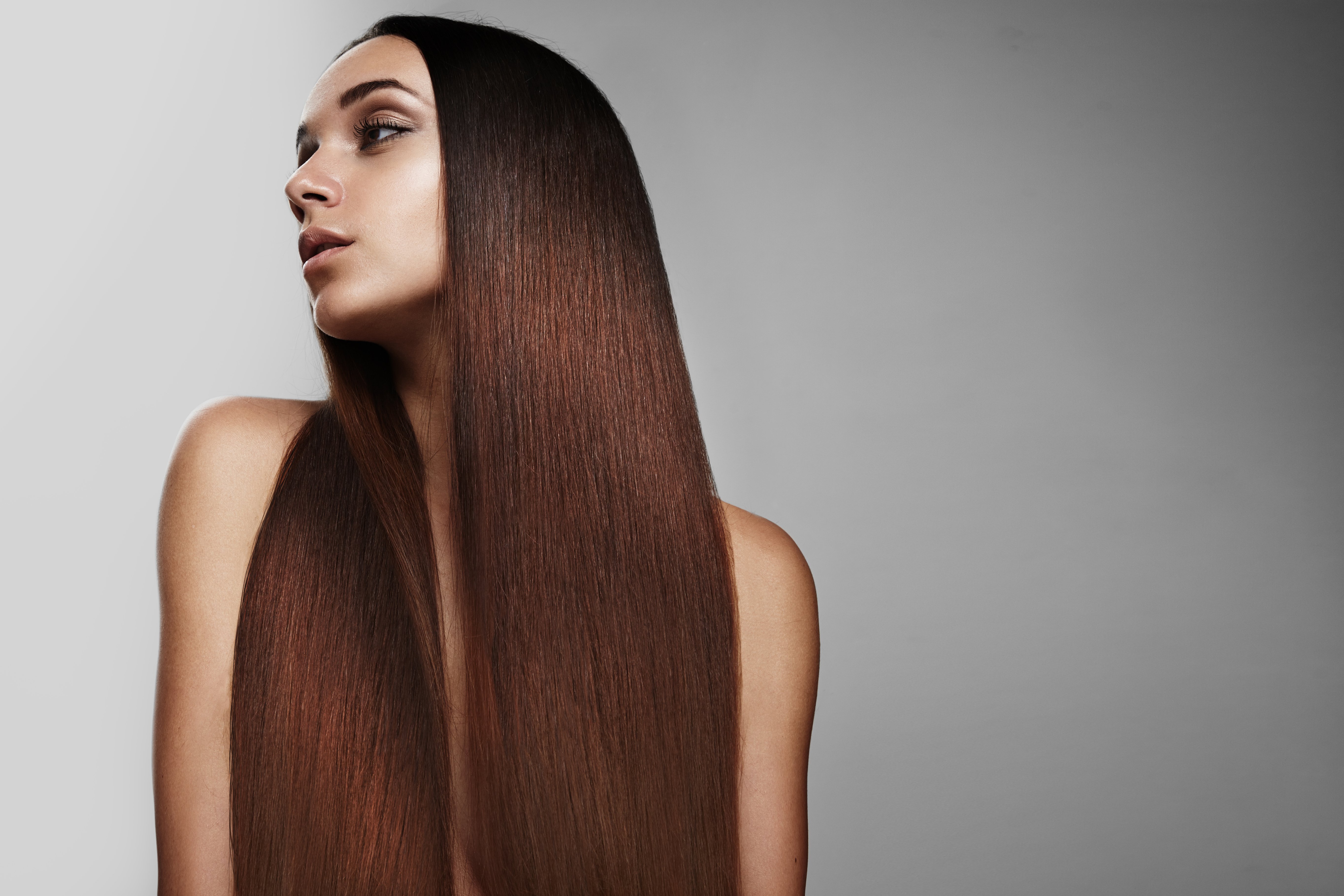
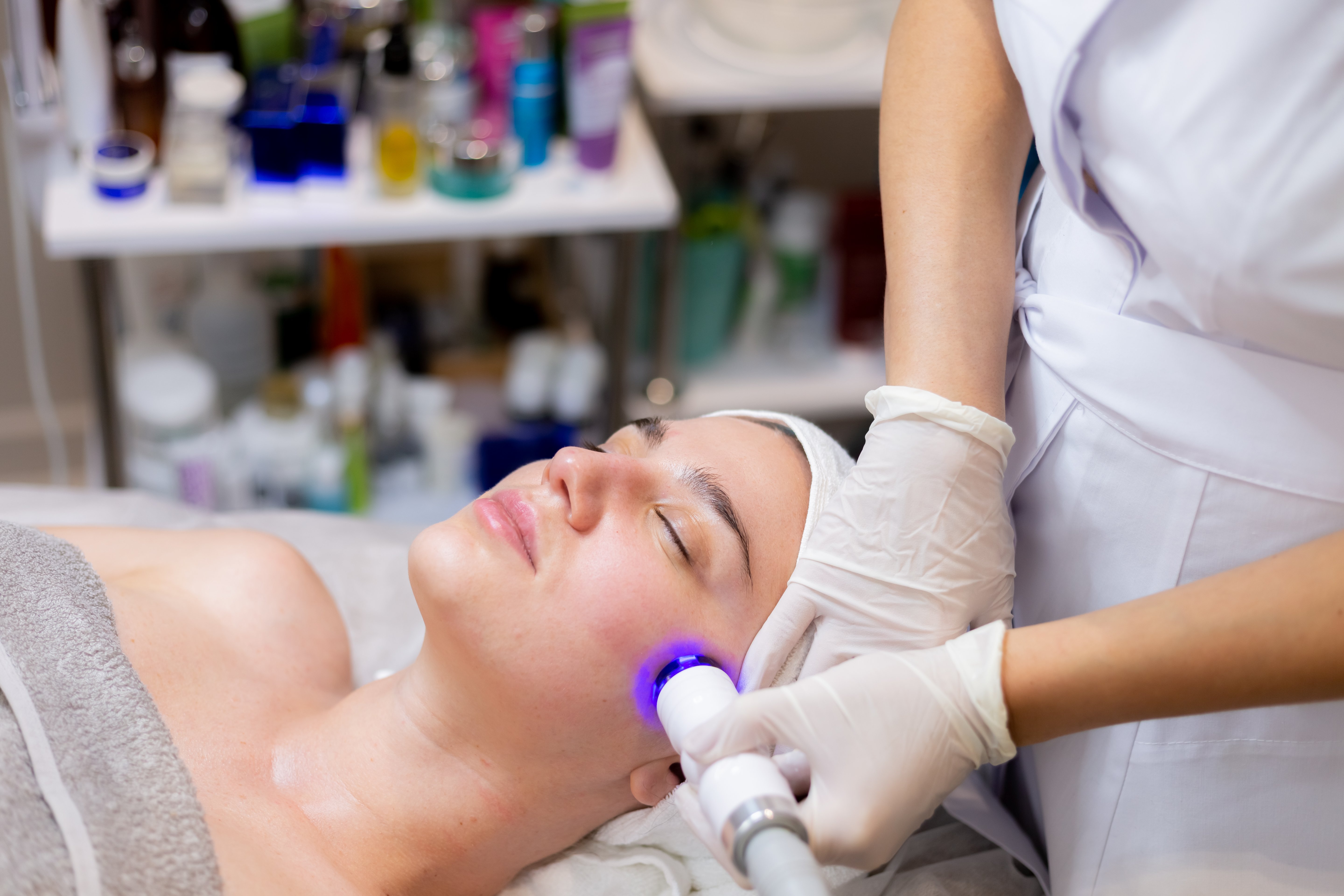

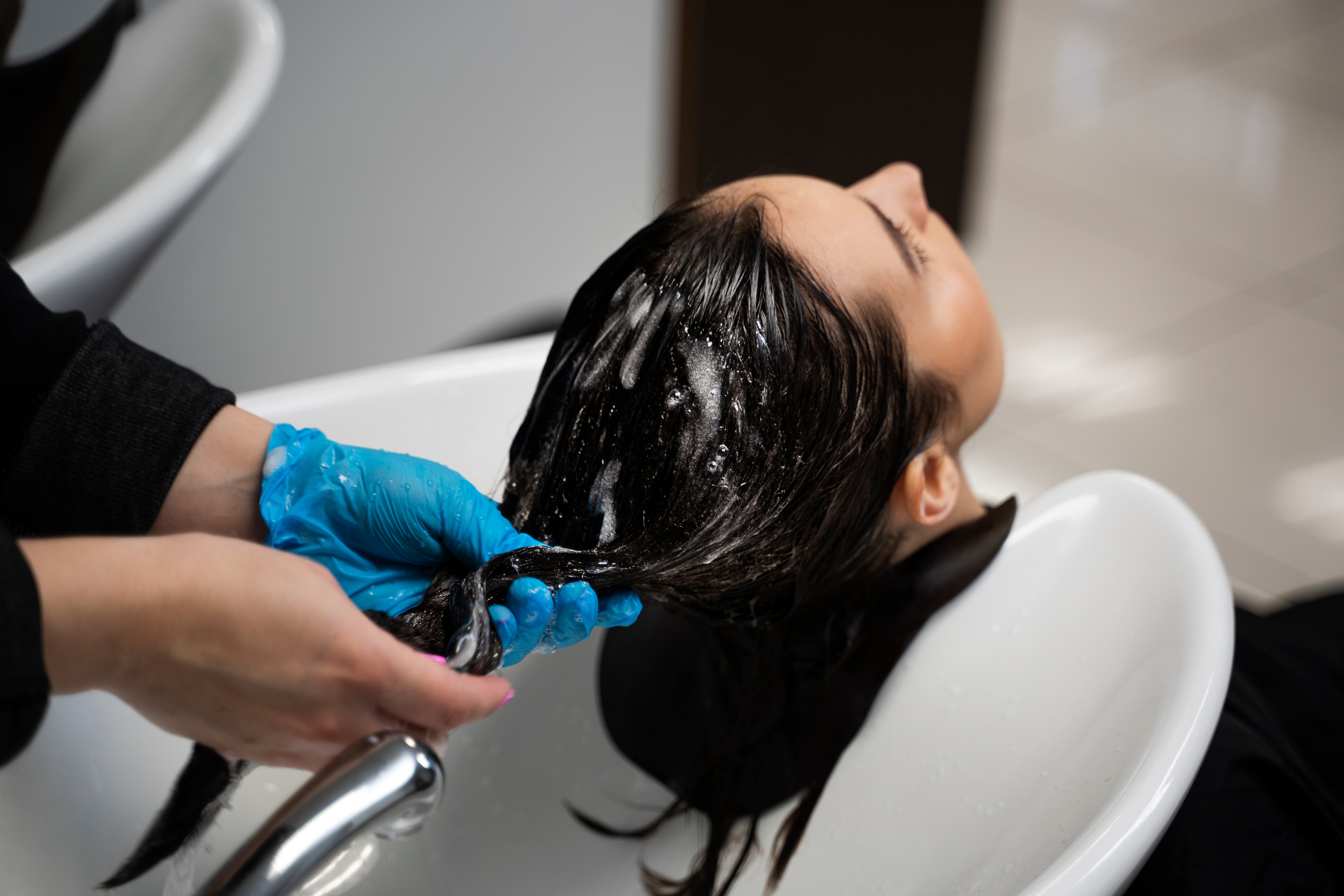
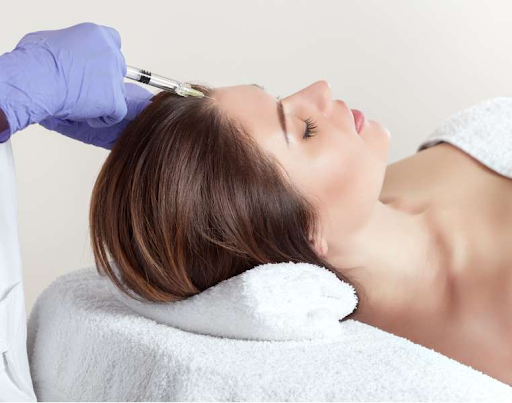
.png)
.png)
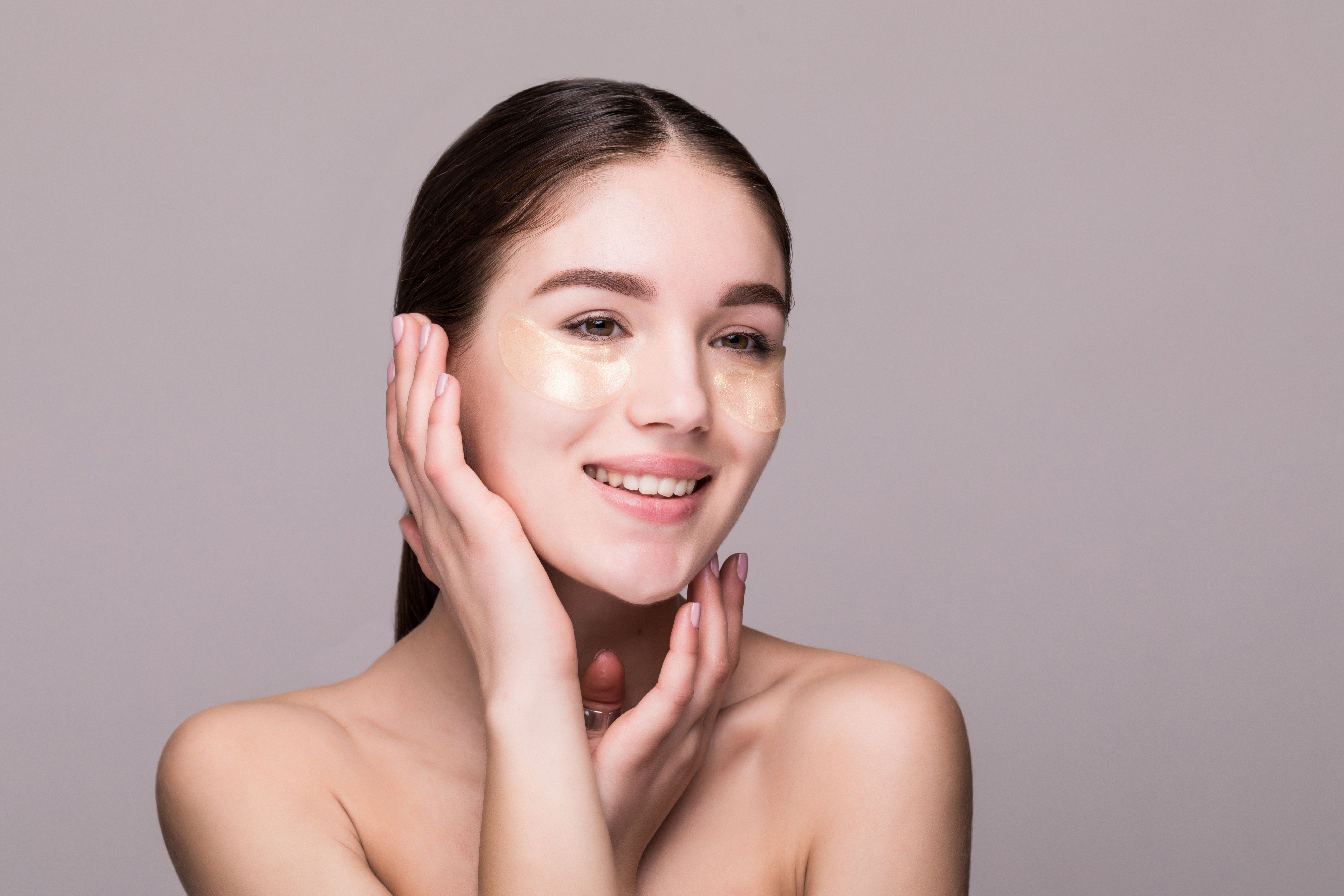
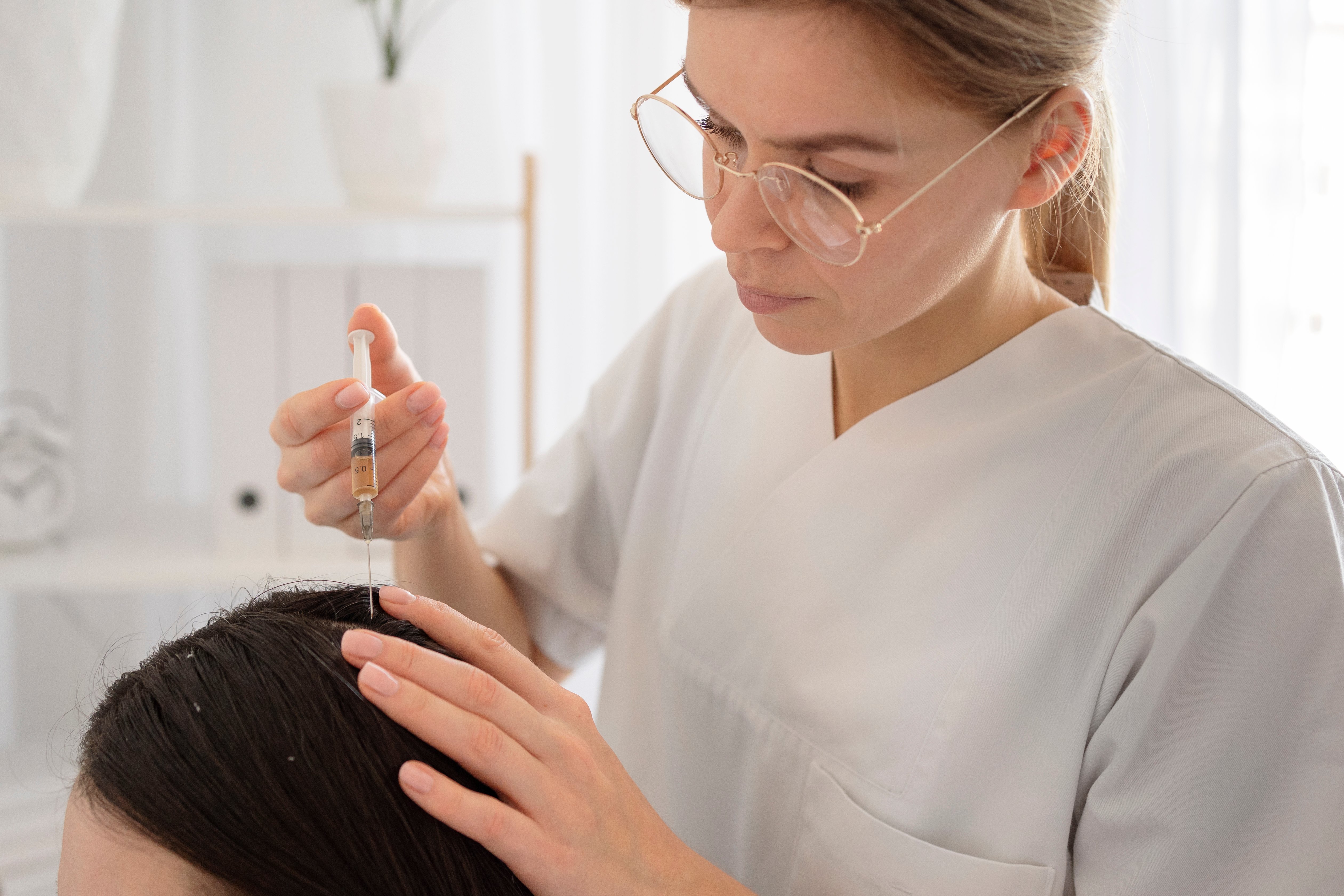


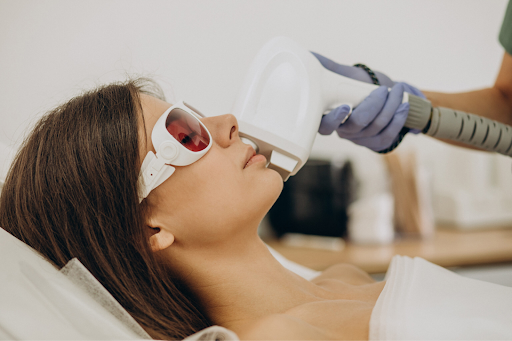

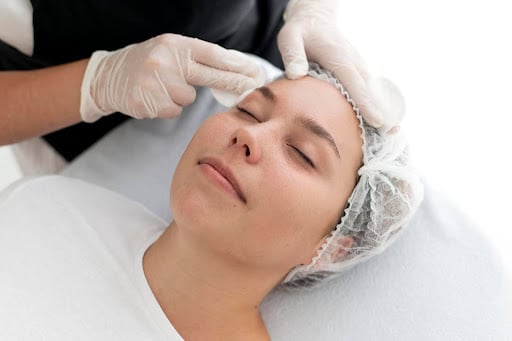

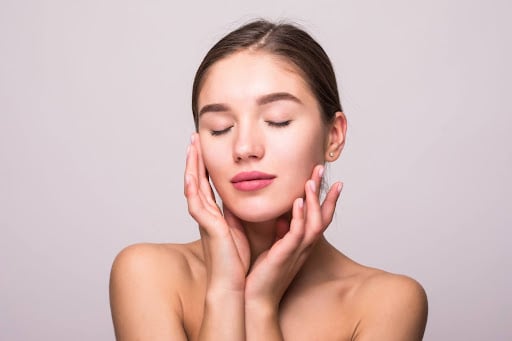
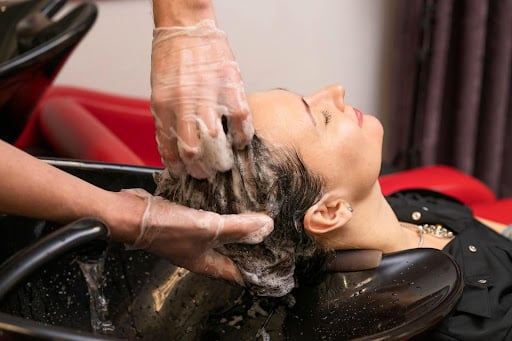

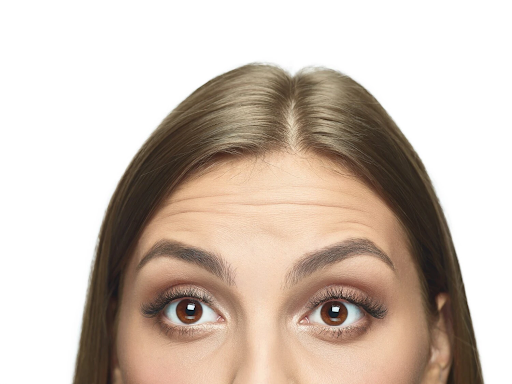


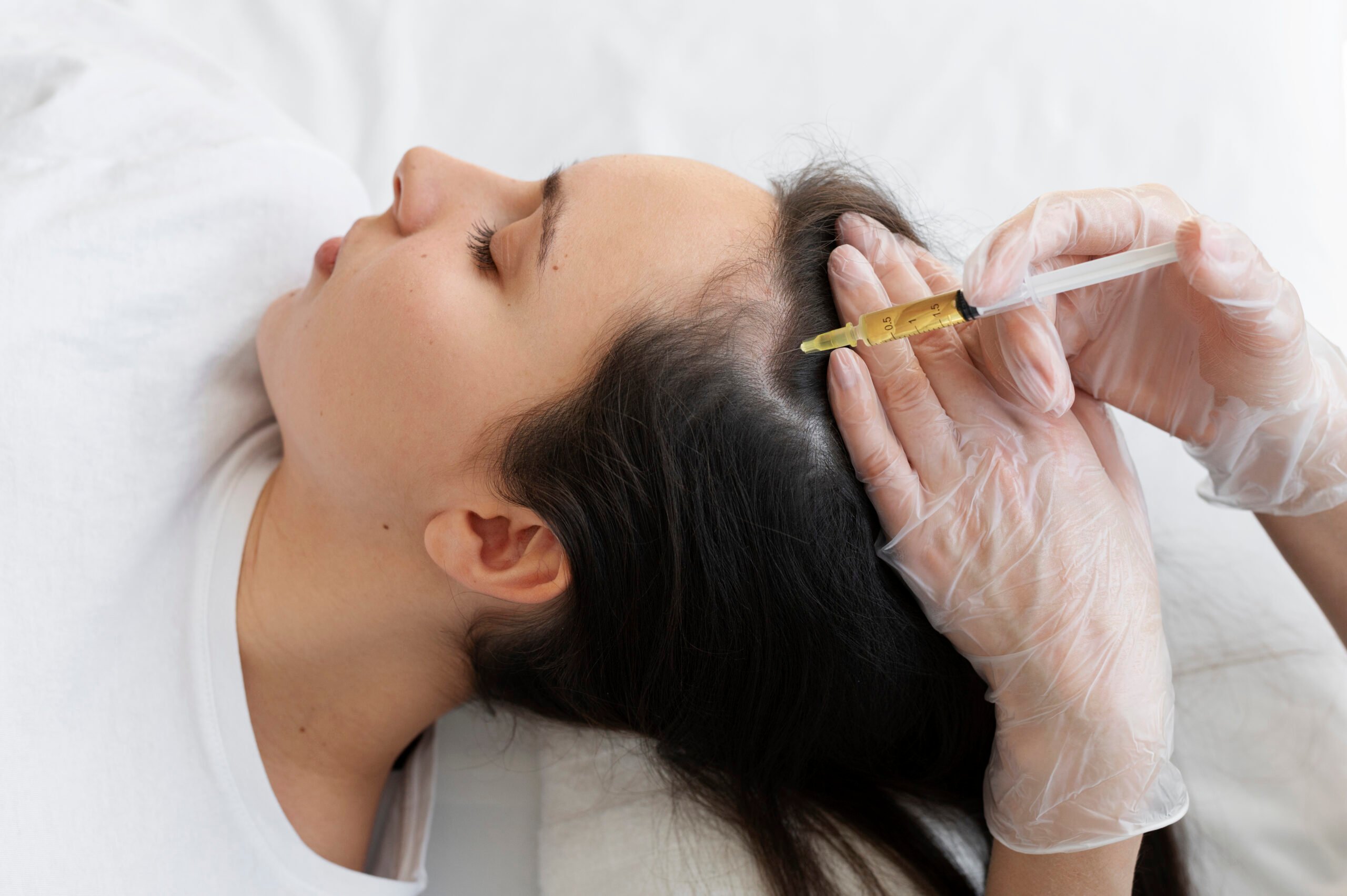

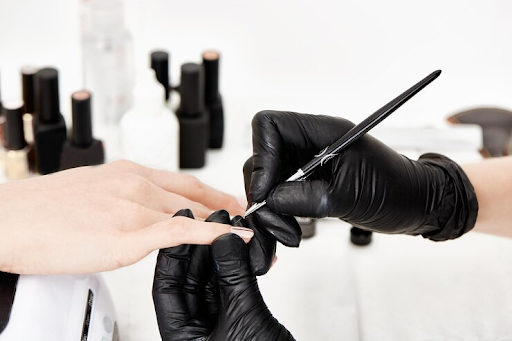




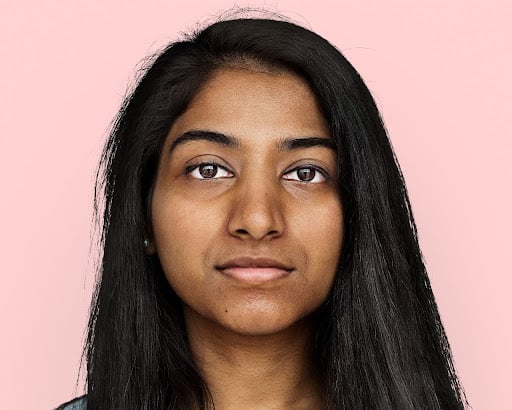


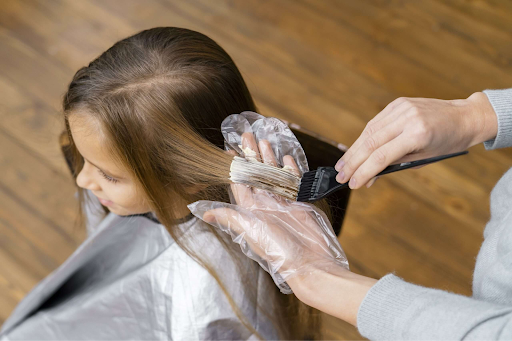
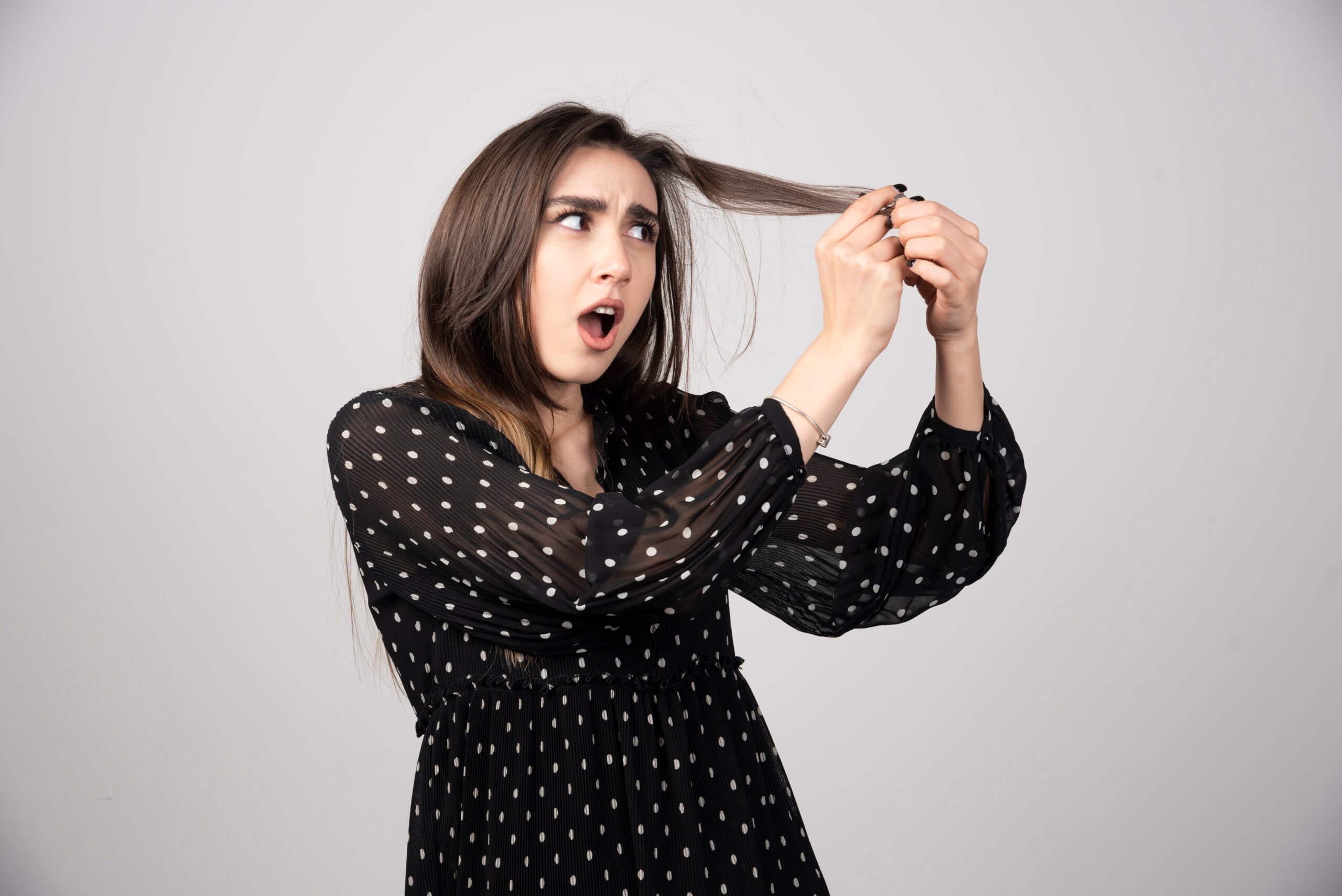
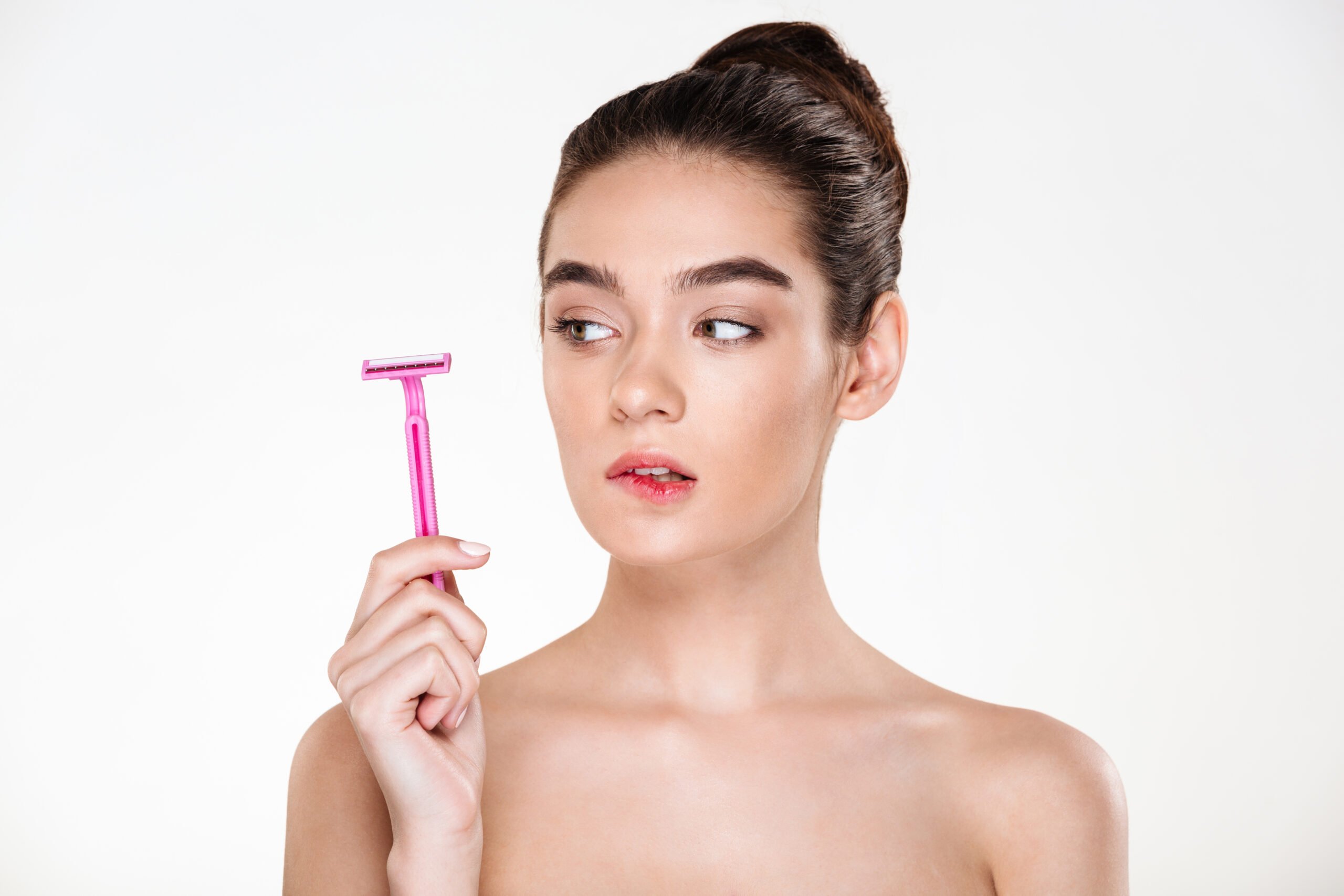
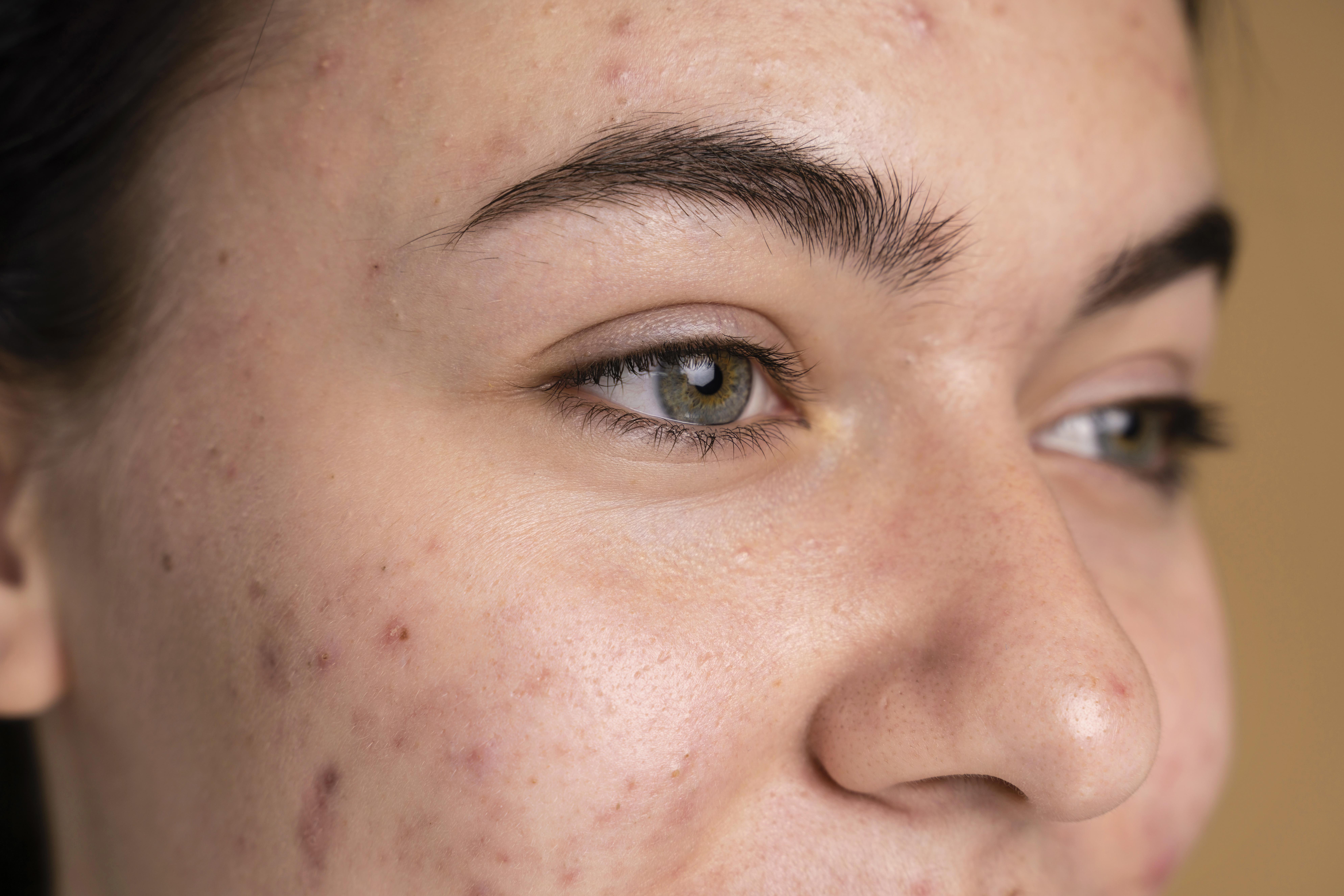
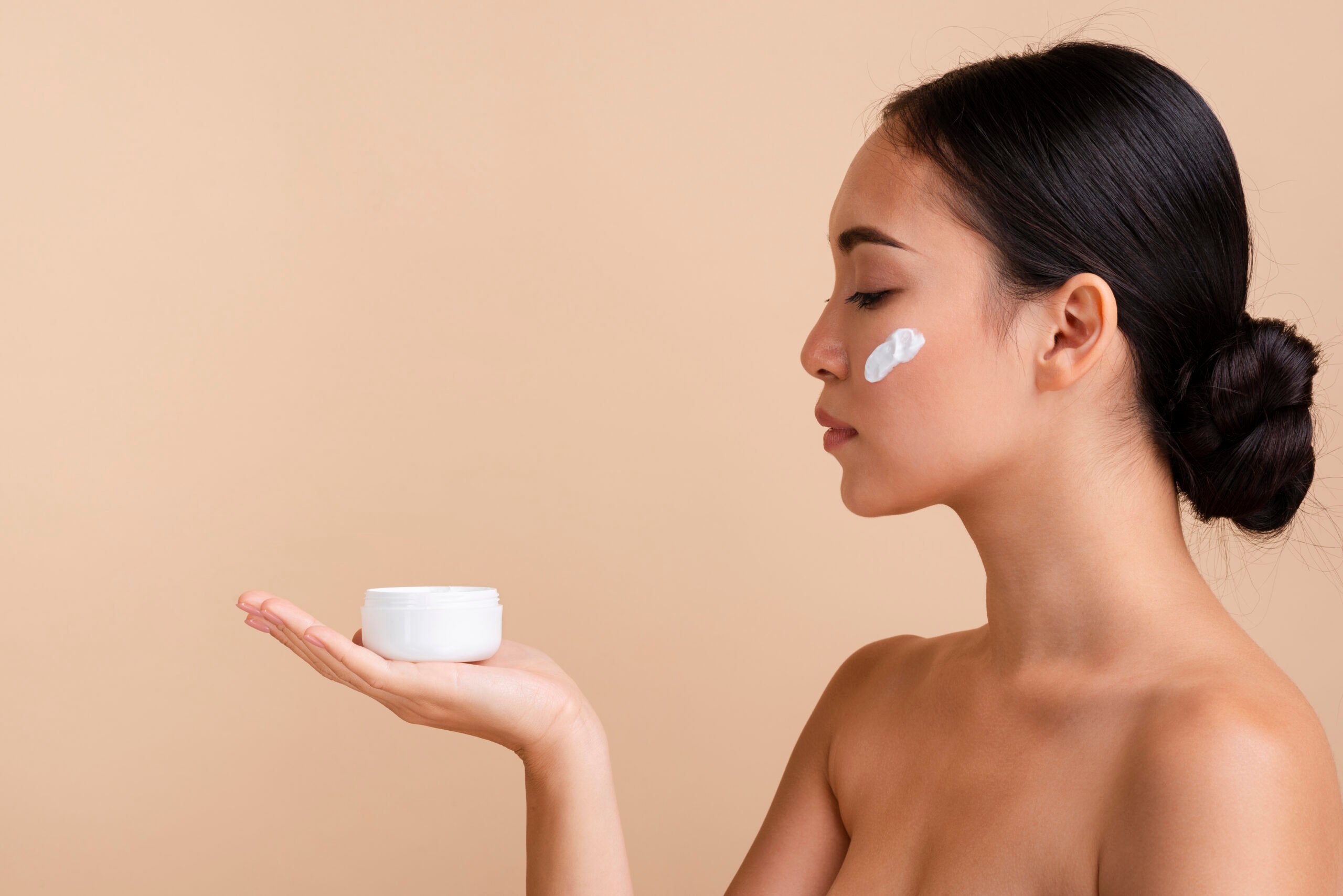
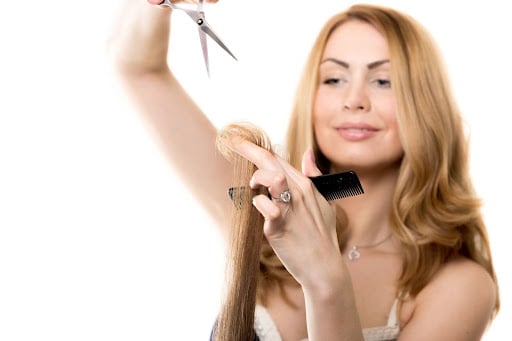
.jpg)

